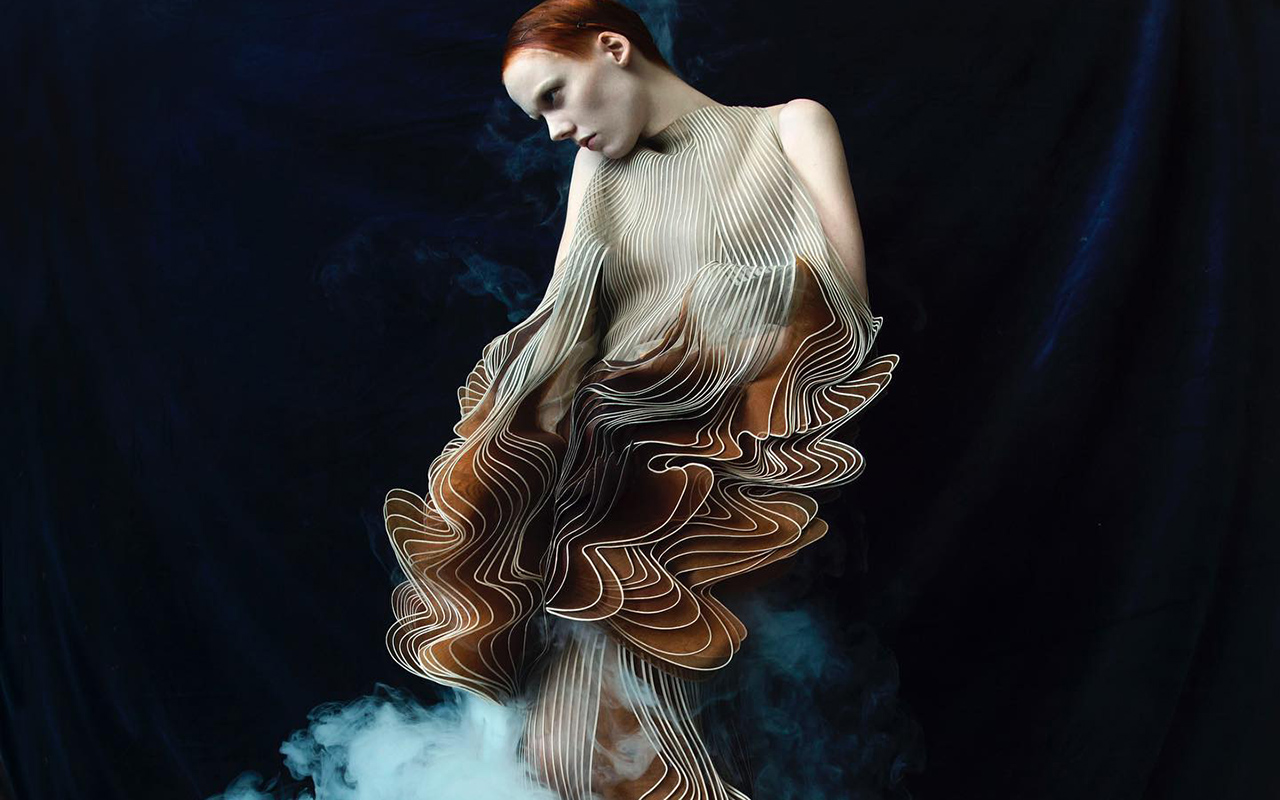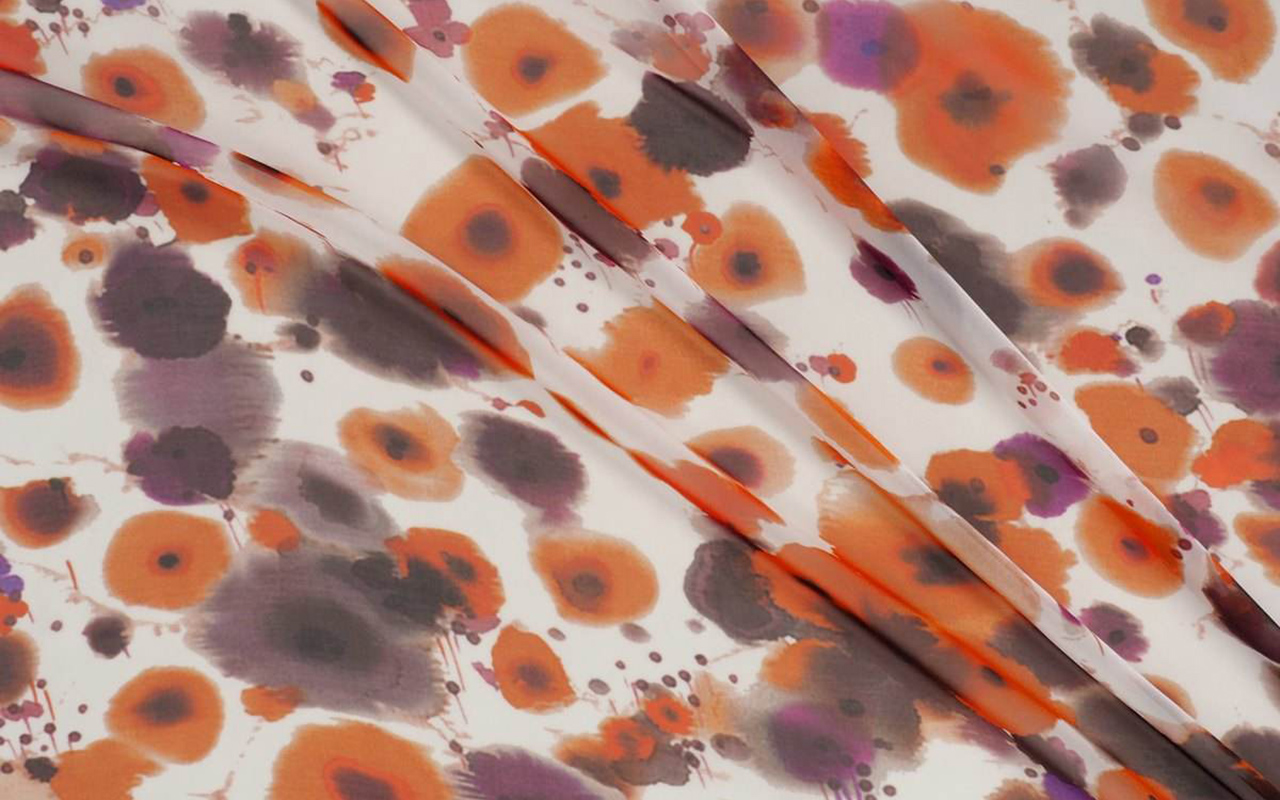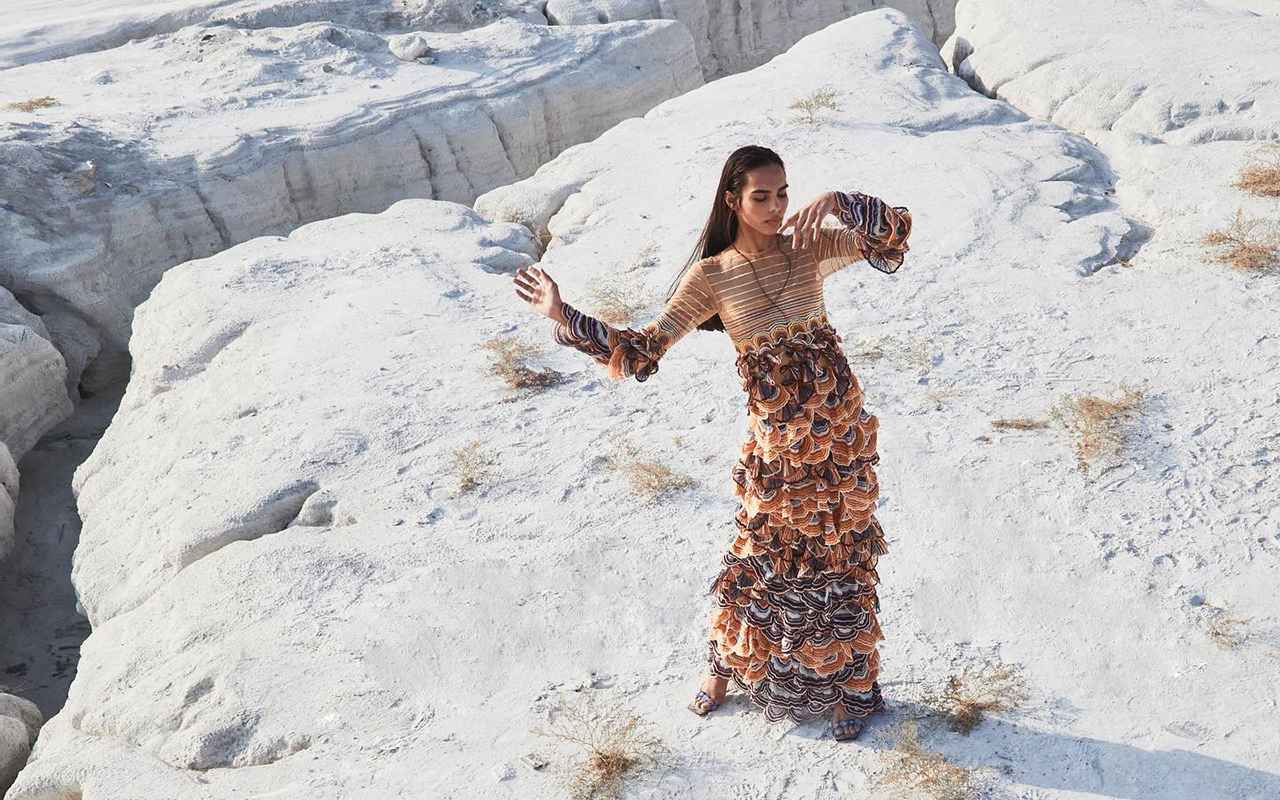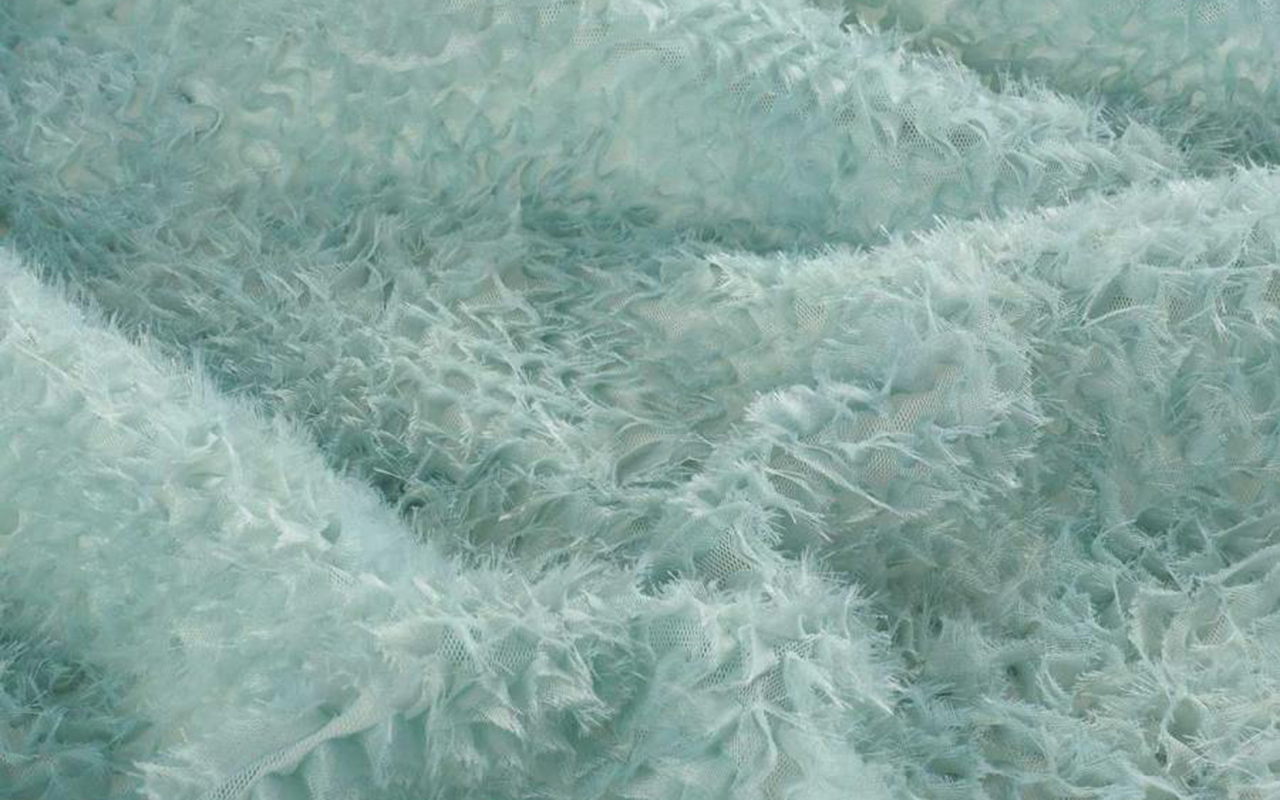(EspaĂąol) Hanami, el arte de observar la belleza de las flores. AsĂ es nuestra colecciĂłn SS24
Peach Fuzz, the colour of 2024 according to Pantone
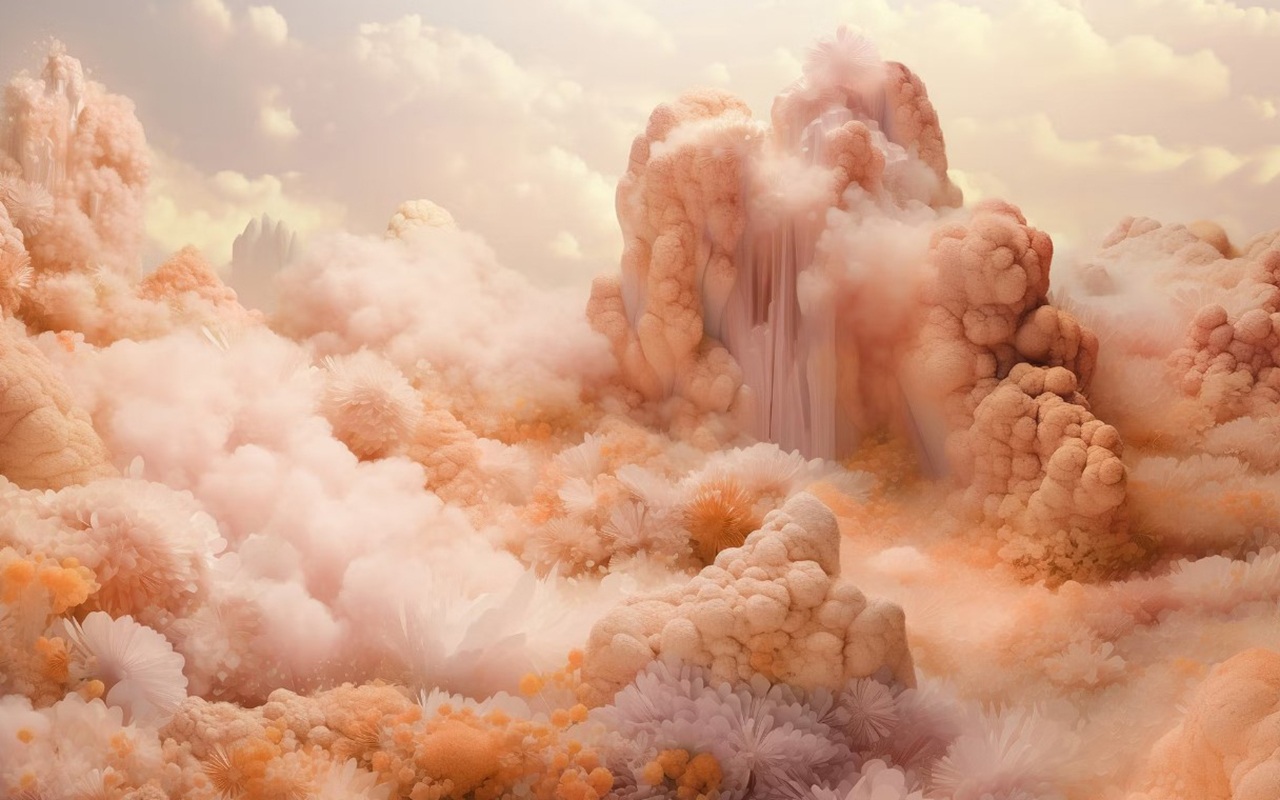 Pantone has established a tradition that colour enthusiasts eagerly await as a prelude to the Christmas holidays. It is about the choice of the shade that will set the direction of trends in 2024 and that will influence art, design, fashion, decoration or advertising, among other creative disciplines directed by professionals who draw on the latest developments on the market, also chromatic.
Pantone has established a tradition that colour enthusiasts eagerly await as a prelude to the Christmas holidays. It is about the choice of the shade that will set the direction of trends in 2024 and that will influence art, design, fashion, decoration or advertising, among other creative disciplines directed by professionals who draw on the latest developments on the market, also chromatic.
A sincere, tender and empathetic colour
Following its vocation of naming colours with subtly sensual names, Pantone has chosen the winner for next year. The colour in question is called Peach Fuzz 13-1023 and it is a peach shade that evokes sincerity and tenderness, and conveys, according to the world authority on colourimetry, a desire to take care of ourselves and others. A soft and velvety shade whose enveloping spirit enriches the mind, body and soul. This is how Laurie Pressman, vice president of the Pantone Colour Institute, explains it in a statement about the colour that will take over everything in 2024. âWe were looking for a hue that expresses our innate desire for closeness and connection, so we chose this radiant colour that exudes warmth and modern elegance. It is a colour that exudes empathy, wraps us in a hug that we can almost feel and naturally combines the youthful with the imperishable.â This warm and comforting tone stimulates the desire to unite with others or have moments of stillness, and the feeling of protection that this generates.
The tone of calm and inner peace
According to Pantone, Peach Fuzz 13-1023 is an alluring peachy hue, carefully balanced between pink and orange, that inspires belonging, relaxation and the opportunity to care, evokes calm and offers a space in which to live, feel, heal and prosper. Therefore, the colour of 2024 is comforting and encourages inner peace and well-being. Peach Fuzz 13-1023 has both an idea and a sensation and stimulates all the senses, as it makes one perceive its tactility and envelops people in its warmth.
A modern tone that takes refuge in nostalgia
Peach Fuzz 13-1023 is a sweet and light colour that evokes a new modernity. It focuses on the human experience of enriching and caring for the mind, body and soul, but it is also a subtly sophisticated, modern and deep peach tone, with a soft but effective luminosity that fills the digital world with beauty. A poetic, romantic peachy shade that conveys cleanliness and a vintage feel, Peach Fuzz 13-1023 reflects the past, but reimagined for modern settings. This last characteristic makes it especially interesting for the world of design and decoration.
The meaning of colour in an unstable context
Peach Fuzz 13-1023 is the colour that replaces Viva Magenta, which was chosen as the colour of 2023. The reasons given were: âA tone rooted in nature that vibrates with energy and vigor. “That descends from the red family and expresses a new sign of strength.” So, now we move from strength to warmth.
“When our lives are affected by instability, our need to care and to have empathy and compassion grows even more, as well as to imagine a future that brings more peace,â Laurie Pressman explains this meaning of the colour that we will see in the coming months throughout Instagram and Pinterest boards, aswell as, probably in the next trends in both fashion and decoration. âIn a world where productivity and external achievements are often emphasized, it is crucial to recognize the importance of taking care of our inner self and seeking moments of calm, creativity and connection with other people in the midst of the hustle and bustle of modern life,â adds the vice president of the Pantone Colour Institute. Give value to the bonds, affection and home: âThe colour we selected had to express our desire to be close to our loved ones and the happiness we feel when we connect with our own being and enjoy a moment of quiet alone. It had to be a colour that conveyed an enveloping warmth and a message of compassion and empathy,â argues Laurie Pressman.
25 years setting trends in colour
In 2024 it will be 25 years since the Pantone Colour Institute began putting colour on the sensory and creative map for the following year. It was in 1999 when the Pantone Colour of The Year educational program engaged the design community around the world in a conversation about colour. âWe wanted to emphasize the relationship between culture and colour to make our  audience aware of how what is happening in our global culture is expressed and reflected through colour language,â explains Pressman again. In this first session, a clear winner emerged: cerulean blue (Pantone 15-4020), a shade that returned to the stage thanks to the film ‘The Devil Wears Prada’ and Meryl Streep’s famous speech on how the fashion industry works. âOver the years, the Pantone Colour of the Year program has become a cultural touchstone around the world and has stimulated the imagination of many designers, brands and consumers,â explains Pressman.
To decide on each year’s selection, the Pantone Colour Institute team travels the world in search of new colour influences. They can be found in the entertainment industry (film, television series and even music), works of art and new artists. Of course, in fashion and design, but also in more aspirational places or concepts, such as travel destinations that are starting to become a trend, lifestyles, new technologies and materials, textures or effects (yes, like Instagram filters). that generate interest or capture attention in some way.
What began as a catalogue with 500 colours that served as a guide for graphic arts has grown in such a way that its influence on upcoming trends is comparable to what the biggest celebrity of the moment looks like on the cover of Vogue magazine. The Pantone guide already has more than 2,000 references that are updated every 18 months, with new, more precise shades being added to the list.
Another way to express the evolution as a society
Colour plays a fundamental role in people’s experience. It has a close relationship with emotions and the expression of feelings and its nuances can also be seen in how the story evolves year after year with its cycles of rise and fall. The impact of colour is also noticeable in the world of fashion, in the colours of cosmetics, in household items, in automotive and industrial design, and in products, packaging, multimedia design and retail interiors. âWe are very pleased to have encouraged designers and colour enthusiasts around the world to tell their stories through colour language and show their creativity in their communities. We hope to continue doing this for many more years ,â concludes Pressman.
At GratacĂłs we also wanted to pay our particular tribute to Peach Fuzz 13-1023 with a selection of collection fabrics in peach tones so that you can think about a possible design for this 2024. You will find them here : Give free rein to your imagination!
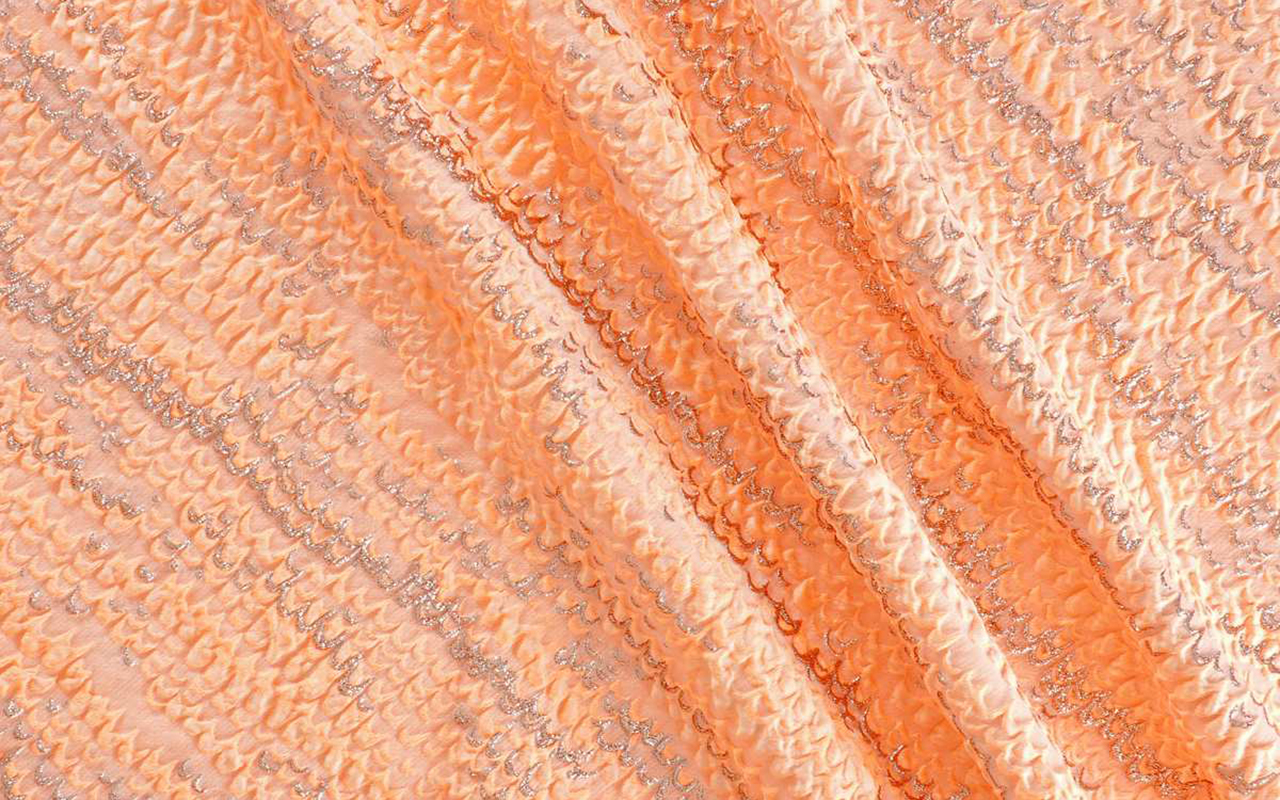
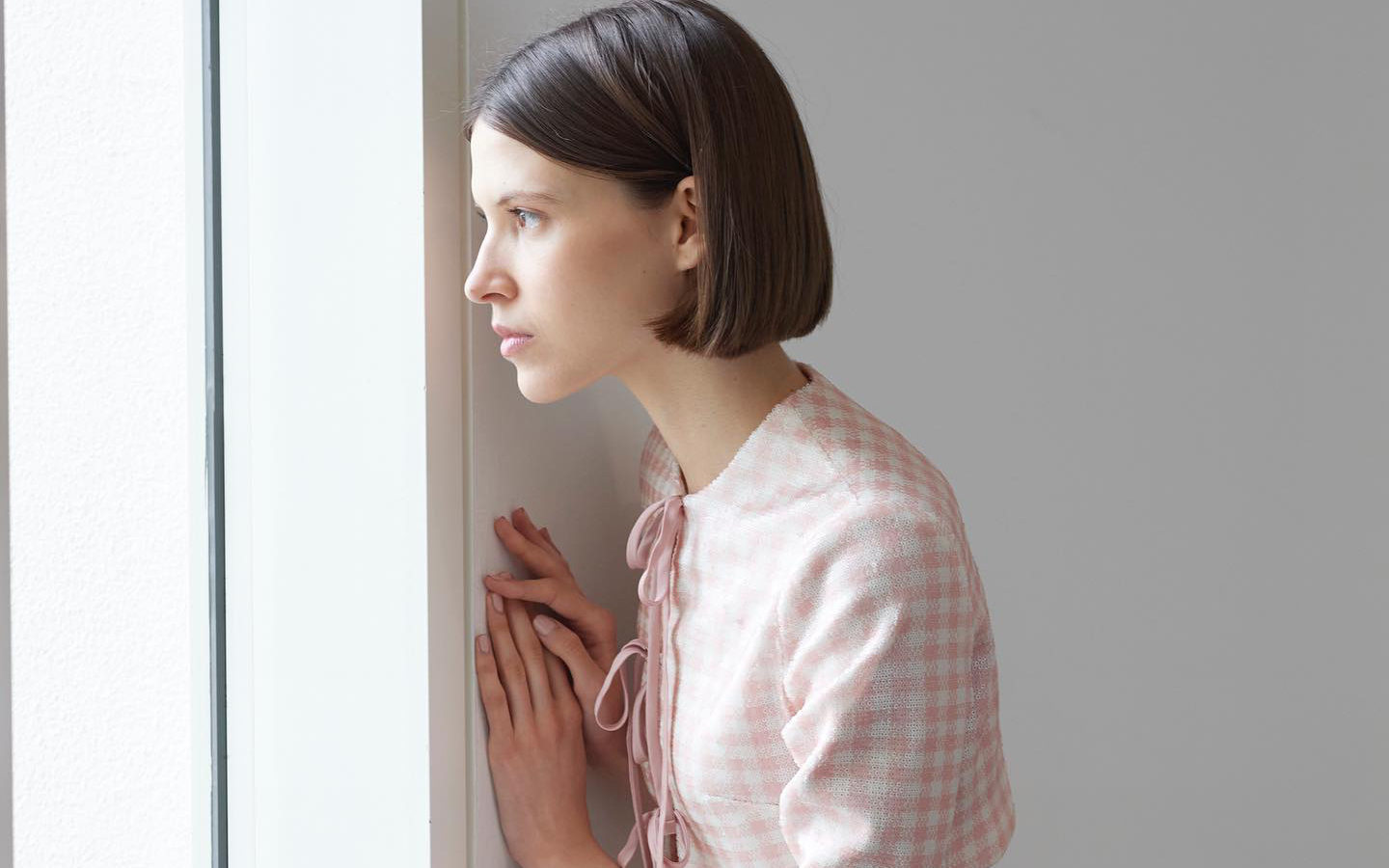

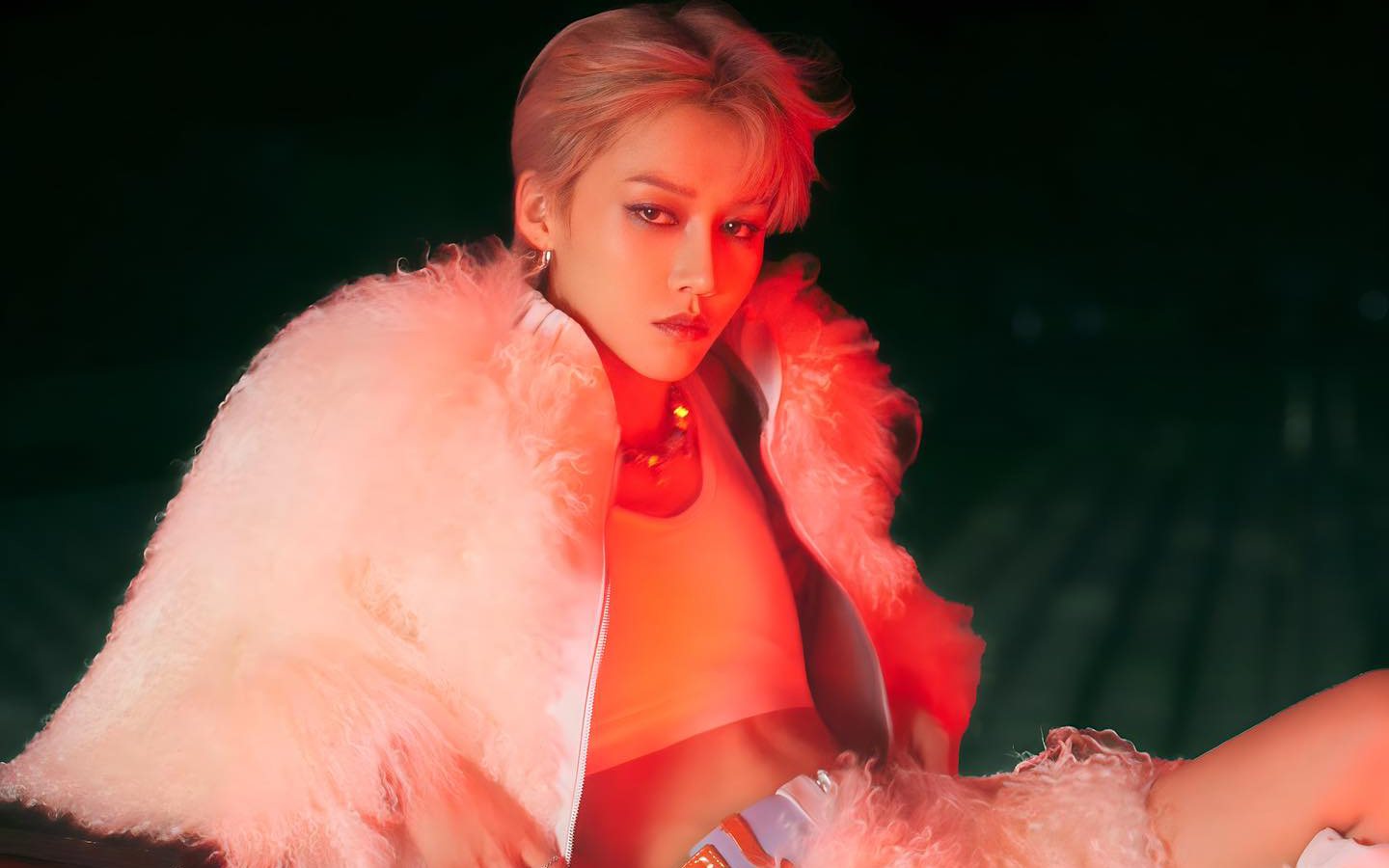
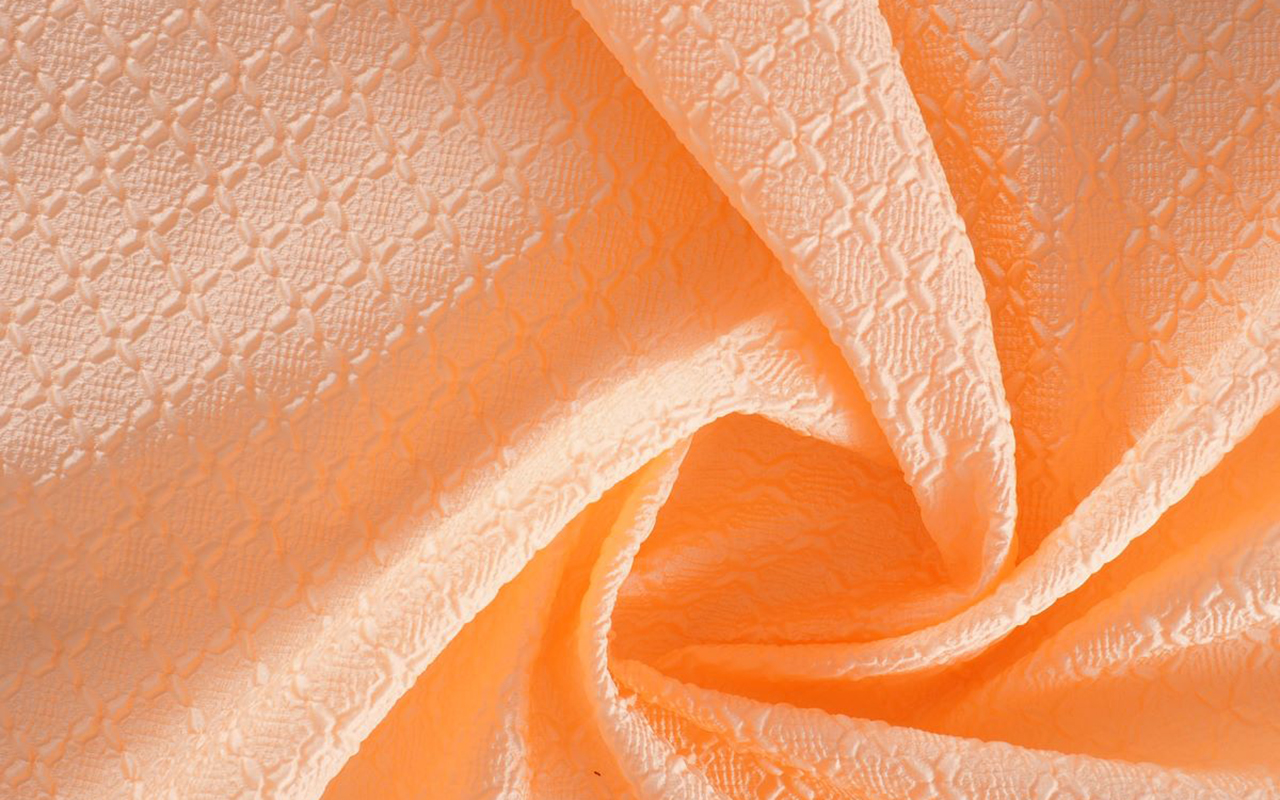
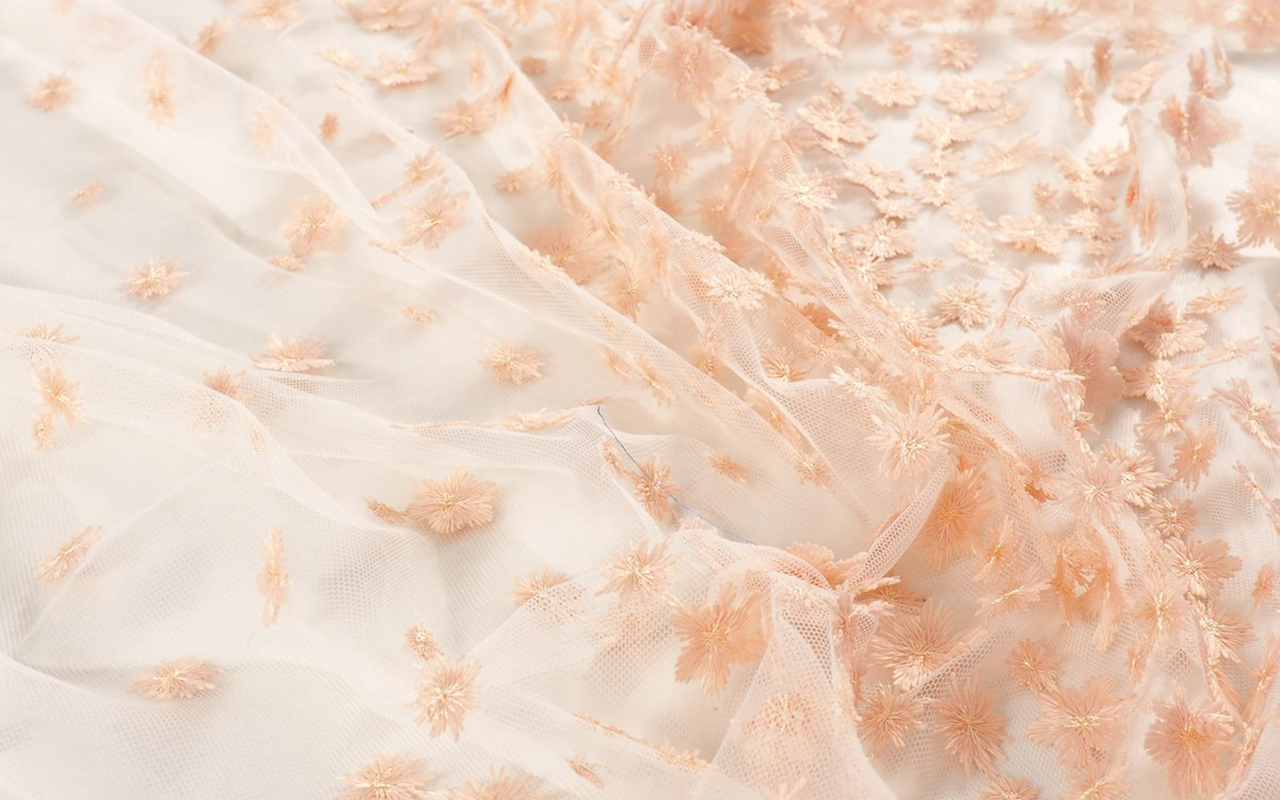
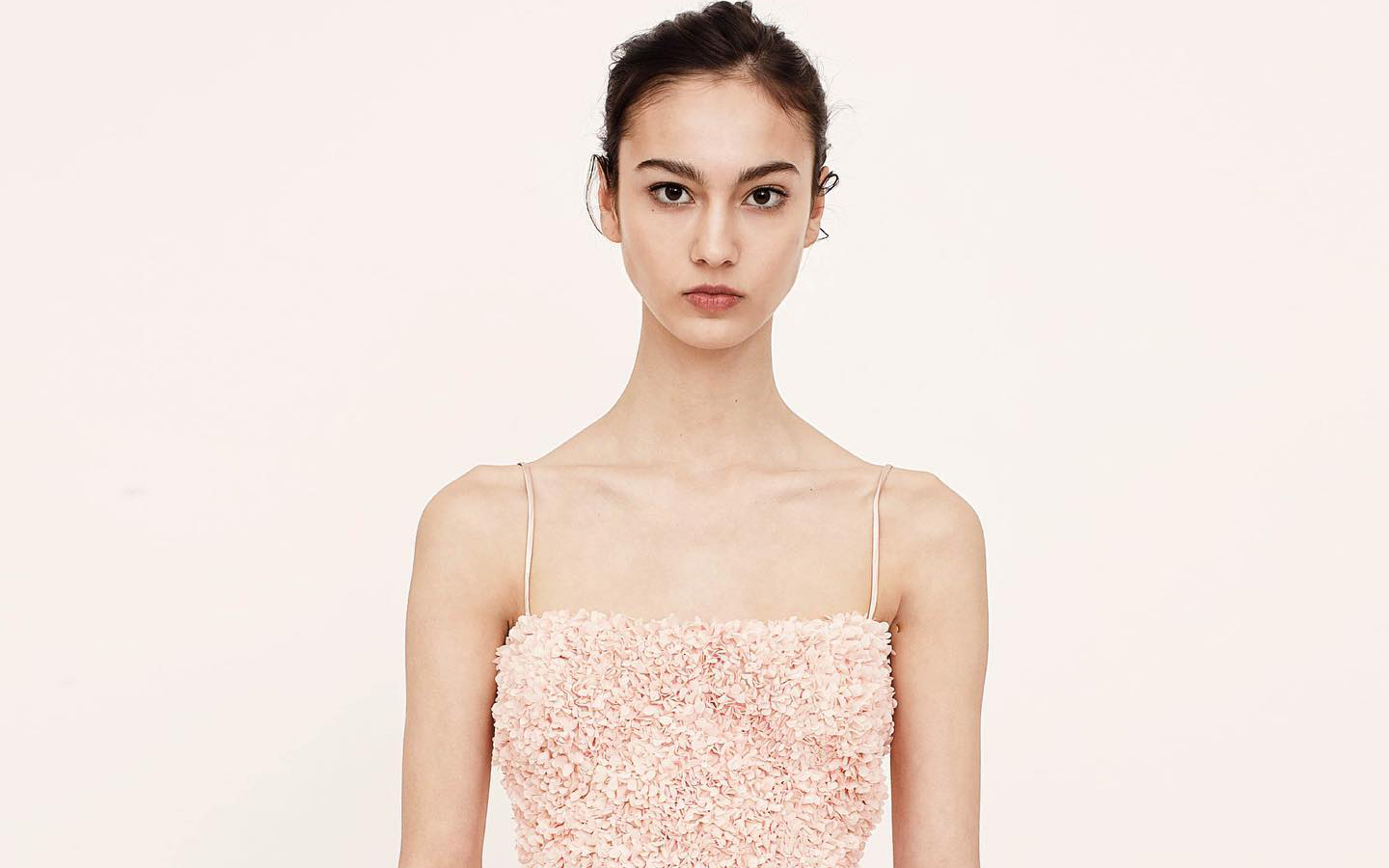
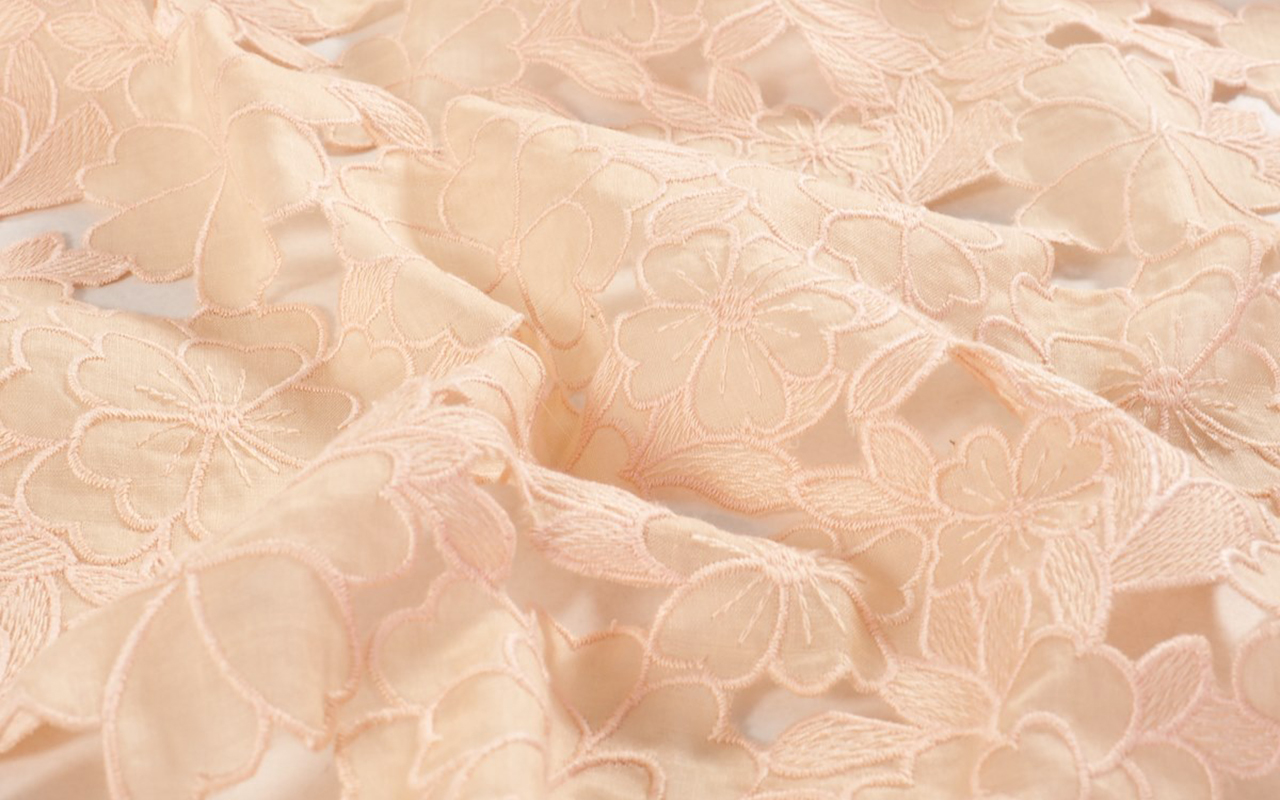
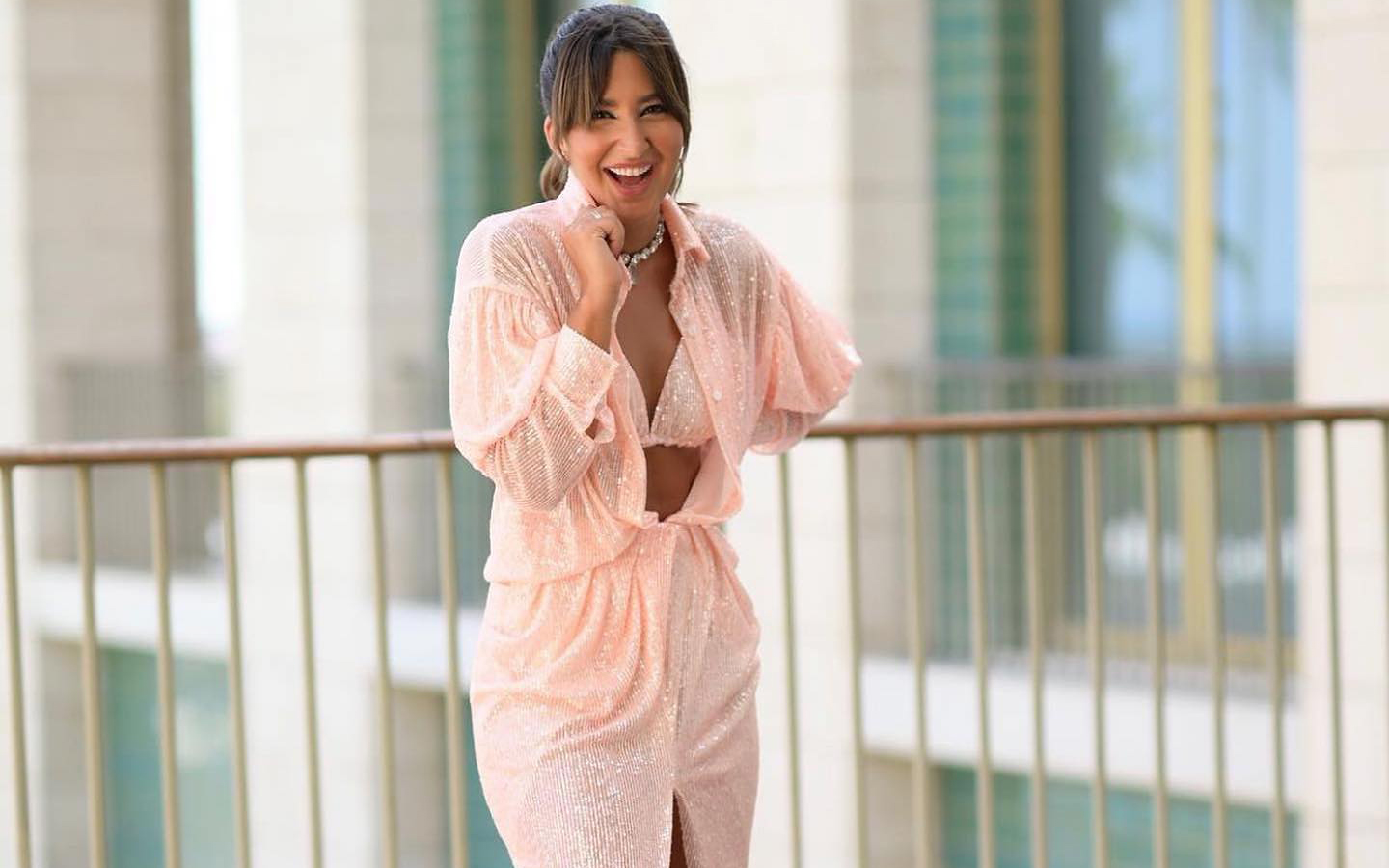
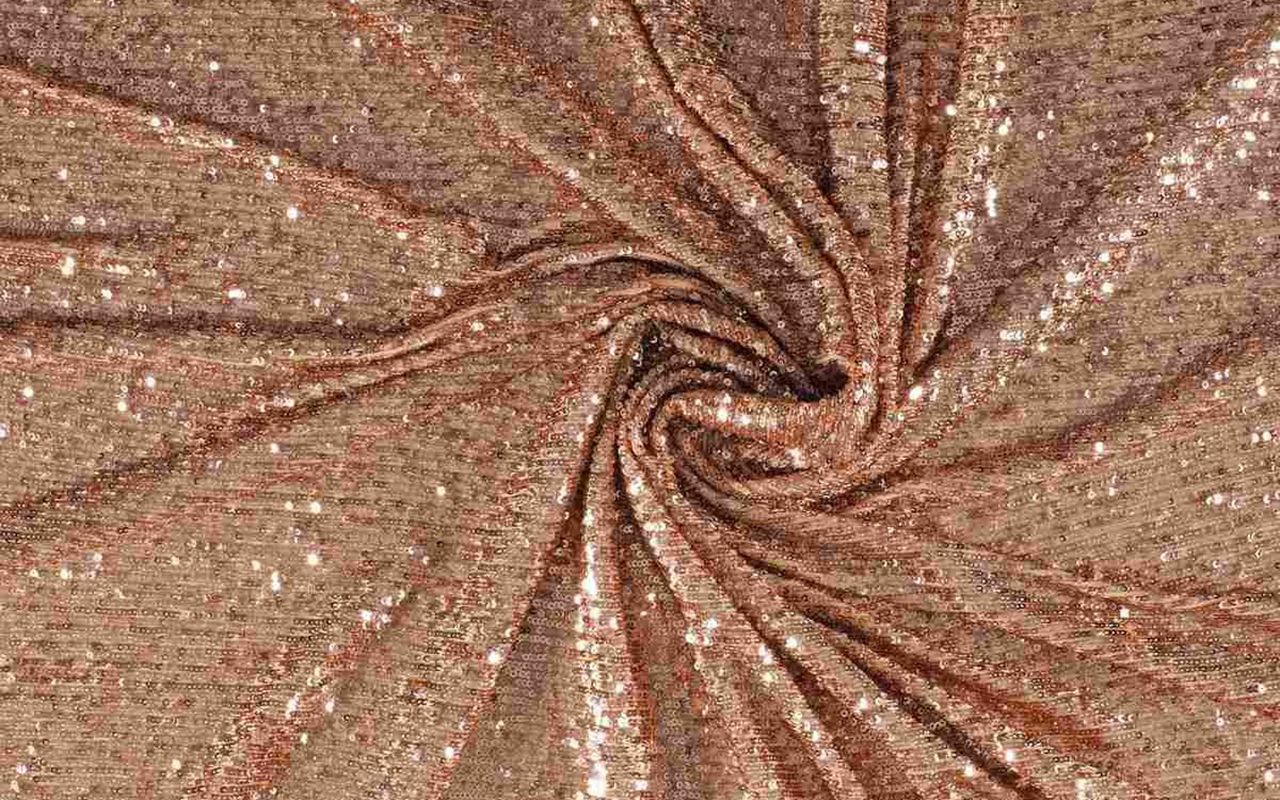
Un color sincero, tierno y empĂĄtico
Siguiendo su vocaciĂłn de bautizar los colores con nombre sutilmente sensuales, Pantone ha elegido el ganador para el aĂąo que viene. El color en cuestiĂłn se llama Peach Fuzz 13-1023 y es una tonalidad melocotĂłn que evoca sinceridad y ternura, y transmite, segĂşn la autoridad mundial en cuestiones de colorimetrĂa, un deseo de cuidar de nosotros y de los demĂĄs. Una tonalidad suave y aterciopelada cuyo espĂritu envolvente enriquece la mente, el cuerpo y el alma. AsĂ lo explica Laurie Pressman, vicepresidenta del Pantone Color Institute, en un comunicado sobre el color que lo teĂąirĂĄ todo en 2024. âBuscĂĄbamos una tonalidad que expresara nuestro deseo innato de cercanĂa y conexiĂłn, asĂ que escogimos este radiante color que rebosa calidez y elegancia moderna. Es un color que despide empatĂa, nos arropa en un abrazo que casi podemos sentir y aĂşna con toda naturalidad lo juvenil con lo imperecederoâ. Este tono cĂĄlido y reconfortante estimula el deseo de uniĂłn con los demĂĄs o de tener momentos de quietud, y la sensaciĂłn de protecciĂłn que esto genera.
El tono de la calma y de la paz interior
SegĂşn Pantone, Peach Fuzz 13-1023 es una atractiva tonalidad amelocotonada, cuidadosamente equilibrada entre el rosa y el naranja, que inspira pertenencia, relajaciĂłn y la oportunidad de cuidar, evoca calma y ofrece un espacio en el que se puede vivir, sentir, sanar y prosperar. Por lo tanto, el color de 2024 es reconfortante y fomenta la paz interior y el bienestar. Peach Fuzz 13-1023 tiene tanto de idea como de sensaciĂłn y estimula todos los sentidos, ya que hace percibir su tactilidad y envuelve a las personas en su calidez.
Un tono moderno que se refugia en la nostalgia
Peach Fuzz 13-1023 es un color dulce y ligero que evoca una nueva modernidad. Se centra en la experiencia humana de enriquecer y cuidar de la mente, el cuerpo y el alma, pero tambiĂŠn es un tono melocotĂłn sutilmente sofisticado, moderno y profundo, con una luminosidad suave pero efectiva que llena de belleza el mundo digital. Un tono amelocotonado, poĂŠtico y romĂĄntico que transmite limpieza y una sensaciĂłn vintage, Peach Fuzz 13-1023 refleja el pasado, pero reimaginado para ambientes modernos. Esta Ăşltima caracterĂstica la hace especialmente interesante para el mundo del diseĂąo y la decoraciĂłn.
El significado del color en un contexto inestable
El Peach Fuzz 13-1023 es el color que substituye el Viva Magenta, que fue elegido como color de 2023. Lo defendĂan asĂ: âUn tono arraigado en la naturaleza que vibra con energĂa y vigor. Que desciende de la familia roja y expresa una nueva seĂąal de fuerzaâ. AsĂ, ahora pasamos de la fuerza a la calidez.
âCuando nuestra vida se ve afectada por la inestabilidad, crece aĂşn mĂĄs nuestra necesidad de cuidar y de tener empatĂa y compasiĂłn, asĂ como de imaginar un futuro que traiga mĂĄs pazâ, explica de nuevo Laurie Pressman sobre el significado del color que veremos en los prĂłximos meses a lo largo y ancho de todo Instagram y de tableros de Pinterest, asĂ como, probablemente en las prĂłximas tendencias tanto de moda como de decoraciĂłn. âEn un mundo en el que se suele enfatizar la productividad y los logros externos, es crucial reconocer la importancia de cuidar de nuestro interior y buscar momentos de calma, creatividad y conexiĂłn con otras personas en medio del ajetreo de la vida modernaâ, aĂąade la vicepresidente del Pantone Color Institute. Valorar los vĂnculos, el cariĂąo y el hogar: âEl color que hemos seleccionado tenĂa que expresar nuestro deseo de estar cerca de nuestros seres queridos y la felicidad que sentimos cuando conectamos con nuestro propio ser y disfrutamos de un momento de quietud a solas. TenĂa que ser un color que transmitiera una calidez envolvente y un mensaje de compasiĂłn y empatĂaâ, argumenta Laurie Pressman.
25 aĂąos marcando tendencias en color
En 2024 se cumplirĂĄn 25 aĂąos desde que Pantone Color Institute empezĂł a poner el color en el mapa sensorial y creativo del aĂąo siguiente. Fue en 1999 cuando el programa educativo Pantone Color of The Year involucrĂł a la comunidad del diseĂąo de todo el mundo en una conversaciĂłn en torno al color. âQuerĂamos poner ĂŠnfasis en la relaciĂłn entre la cultura y el color para destacar ante nuestro pĂşblico cĂłmo lo que estĂĄ ocurriendo en nuestra cultura global se expresa y refleja a travĂŠs del lenguaje cromĂĄticoâ, explica de nuevo Pressman. En esta primera sesiĂłn saliĂł un claro vencedor: el azul cerĂşleo (Pantone 15-4020), una tonalidad que volviĂł al estrado gracias a la pelĂcula âEl diablo viste de Pradaâ y el cĂŠlebre discurso de Meryl Streep sobre cĂłmo funciona la industria de la moda. âCon los aĂąos, el programa Pantone Color of the Year se ha convertido en un referente cultural en todo el mundo y ha estimulado la imaginaciĂłn de muchos diseĂąadores, marcas y consumidoresâ, explica Pressman.
Para llegar a la selecciĂłn de cada aĂąo, el equipo de Pantone Color Institute recorre el mundo en busca de nuevas influencias cromĂĄticas. Pueden encontrarse en la industria del entretenimiento (cine, series de televisiĂłn e incluso mĂşsica), obras de arte y nuevos artistas. Por supuesto, en la moda y el diseĂąo, pero tambiĂŠn en lugares o conceptos mĂĄs aspiracionales, como puedan ser destinos de viaje que empiezan a ser tendencia, estilos de vida, nuevas tecnologĂas y materiales, texturas o efectos (sĂ, como los filtros de Instagram) que generen interĂŠs o acaparen la atenciĂłn de alguna forma.
Lo que comenzĂł siendo un catĂĄlogo con 500 colores que sirviese como guĂa para las artes grĂĄficas ha crecido de tal manera que su influencia en las prĂłximas tendencias se equipara a lo que la mayor celebridad del momento luzca en la portada de la revista Vogue. La guĂa Pantone cuenta ya con mĂĄs de 2.000 referencias que se van actualizando cada 18 meses, con nuevos tonos mĂĄs precisos que se van aĂąadiendo a la lista.
Otra manera de contar la evoluciĂłn como sociedad
El color desempeĂąa un papel fundamental en la experiencia de las personas. Tiene una relaciĂłn cercana con las emociones y la expresiĂłn de los sentimientos y en sus matices se aprecian tambiĂŠn en cĂłmo evoluciona la historia aĂąo tras aĂąo con sus ciclos de auge y descenso. El impacto del color tambiĂŠn se nota en el mundo de la moda, en los colores de los cosmĂŠticos, en los artĂculos para el hogar, en el diseĂąo automovilĂstico e industrial, y en los productos, embalajes, diseĂąo multimedia e interiores de los comercios. âNos complace enormemente haber estimulado a diseĂąadores y entusiastas del color de todo el mundo a contar sus historias a travĂŠs del lenguaje cromĂĄtico y a mostrar su creatividad en sus comunidades. Esperamos poder seguir haciĂŠndolo durante muchos mĂĄs aĂąosâ, concluye Pressman.
Desde GratacĂłs tambiĂŠn hemos querido hacer nuestro particular homenaje al Peach Fuzz 13-1023 con una selecciĂłn de tejidos de colecciĂłn en tonos melocotĂłn para que vayas pensando un posible diseĂąo para este 2024. Los encontrarĂĄs aquĂ: ÂĄDa rienda suelta a la imaginaciĂłn!










Jeans, from the street to the Ritz
 Pics: Museo del Traje CIPE.
Pics: Museo del Traje CIPE.
How many jeans do you have in your closet? Or, rather, how many garments made with denim? Surely, the mental figure would occupy double digits if we start counting the number of trousers, skirts, dresses, shirts and jackets that hang on the hangers and are made with the world-famous denim, without a doubt, the king of fabrics.
Jeans and denim clothing are some of the most universal elements in contemporary fashion. These garments transcend social class barriers around the world and, although they initially emerged as utilitarian garments for the working classes, over time they have become common items that unify all wardrobes.
From the pioneer Levi’s, founded in 1853, to today’s ready-to-wear brands and luxury houses. If we had to define the 20th century to the present day in one piece, it would surely be a pair of jeans: whether it be a model with large tears, patchwork elements and misaligned hems, or the stylish model that Kaia Gerber wore at Valentino for the show Haute Couture Fall-Winter 2023-2024. In the words of Pier Paolo Piccioli: âStrength is not in the outfits, but in the clothes.â
Aware of the universal power and conceived as a symbol of our contemporary culture, the Costume Museum wanted to pay tribute to the eternal jeans with the exhibition ‘Jeans, from the street to the Ritz‘.
Curated by Josep Casamartina i Parassols and Ismael NuĂąez MuĂąoz of the FundaciĂł Antoni de Montpalau and coordinated by MarĂa del Mar Belver, the exhibition pays tribute to the cowboy. How? Through a journey through the history of denim fabric, from its origins as a material in the 18th century, through the birth of the jean in the mid-19th century and its enormous expansion throughout the 20th century and the beginning of the 21st, to its infinite formal and textile variations, but also symbolic and social.
The proposal includes more than 200 pieces of clothing accompanied by graphic documentation and accessories from the FundaciĂł Antoni de Montpalau, completed with loans from the private collections of the collector Josep M. Rovira, the historical archive of the Lois brand and the collector Paco Sifre, as well as the companies JeanologĂa and Evlox. Among them, classic brands dedicated to making jeans stand out, such as Levi Strauss, Lee, Lois or Pepe Jeans, but also brands such as Cavalli, Armani, Kenzo, Paco Rabanne, Gloria Vanderbilt, Calvin Klein, Thierry Mugler, Jean Paul Gaultier, Dolce & Gabbana, Moschino, Versace, Gori de Palma or Christian Lacroix.

From Europe to the United States. The origins of denim
The origins of this fabric date back to the 17th and 18th centuries, until the mid-19th century when the garment that takes its name from the fabric itself was born. Denim is a cotton twill made with very strong and durable twisted threads. The beginnings of the industry are located between Nimes – this is where the name comes from – and Genoa, where most of the factories that produced the fabric were concentrated. Jeans as such were not âinventedâ until 1860, when Levi Strauss began using twill fabric to make work clothes. Without disconnecting from the United States, the exhibition follows the course of history and strips the cowboy of its exclusive association with the working class, explaining how it came to be a symbol of masculinity and, later, a garment of female empowerment through its outstanding diffusion in the world of cinema, music or urban movements.
The exhibition also presents a section on denim production in Europe, with an industrial network of brands dedicated to denim clothing that would soon achieve great international dissemination. In fact, Spain was one of the most prominent producers, with companies in Catalonia, Valencia, the Basque Country and Castilla la Mancha.
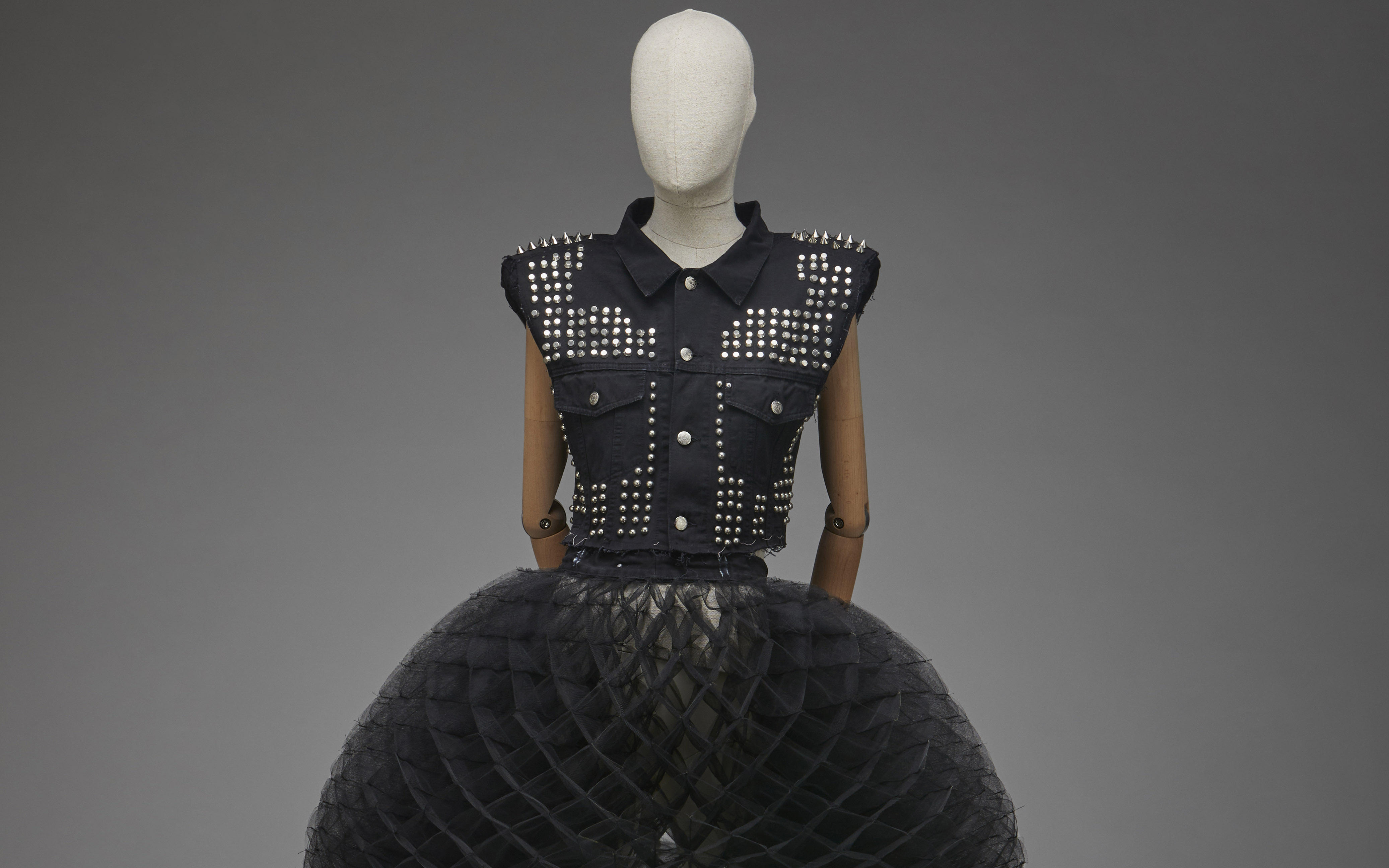
A constant metamorphosis
Starting in the 1970s, the fashion world adopted denim and integrated it without complexes. The industry moved forward in search of new horizons and gave rise to countless variations in the types of denim garments. It is curious that, although jeans were born to last, at the end of the 20th century a taste for worn and torn jeans arose. In the same way, it was used to recreate modern versions of historical pieces totally removed from utilitarian clothing. Pleats, draping, puffing, pleating, extravagant prints and all kinds of embroidery flooded jeans in the world of luxury. In fact, the exhibition also explains how major luxury brands adopted denim and introduced jeans into the world of glamour, generating a kaleidoscopic denim universe.
Precisely, the exhibition culminates with a âbrunch at the Ritzâ, where the aim is to emphasize how denim has become a prominent part of the social elite. With a nod to the famous quote by Yves Saint Laurent, who proclaimed âDown with the Ritz! Long live the street!â, the exhibition shows how jeans would end up taking over the Ritz in their own right thanks to their enormous versatility and their role as absolute kings of the street.

The sustainable vision
Jeans, from the street to the Ritz’ also highlights an uncomfortable issue. Beyond being the most popular and durable fabric in the world, denim also has a dark back: it is the fabric that demands the most water resources. To produce a single pair of jeans, 3,000 liters of water are needed. In one of the challenges posed for the new century, the exhibition also addresses, although cautiously, the ecological implications of the manufacturing process and the search for sustainable alternatives for its production.
‘Jeans, from the street to the Ritz’ will be open to the public until the 17th March, 2024.

(EspaĂąol) GratacĂłs rinde homenaje a la ilustraciĂłn de moda
GratacĂłs fabrics on the Madrid catwalk. SS24 Collections
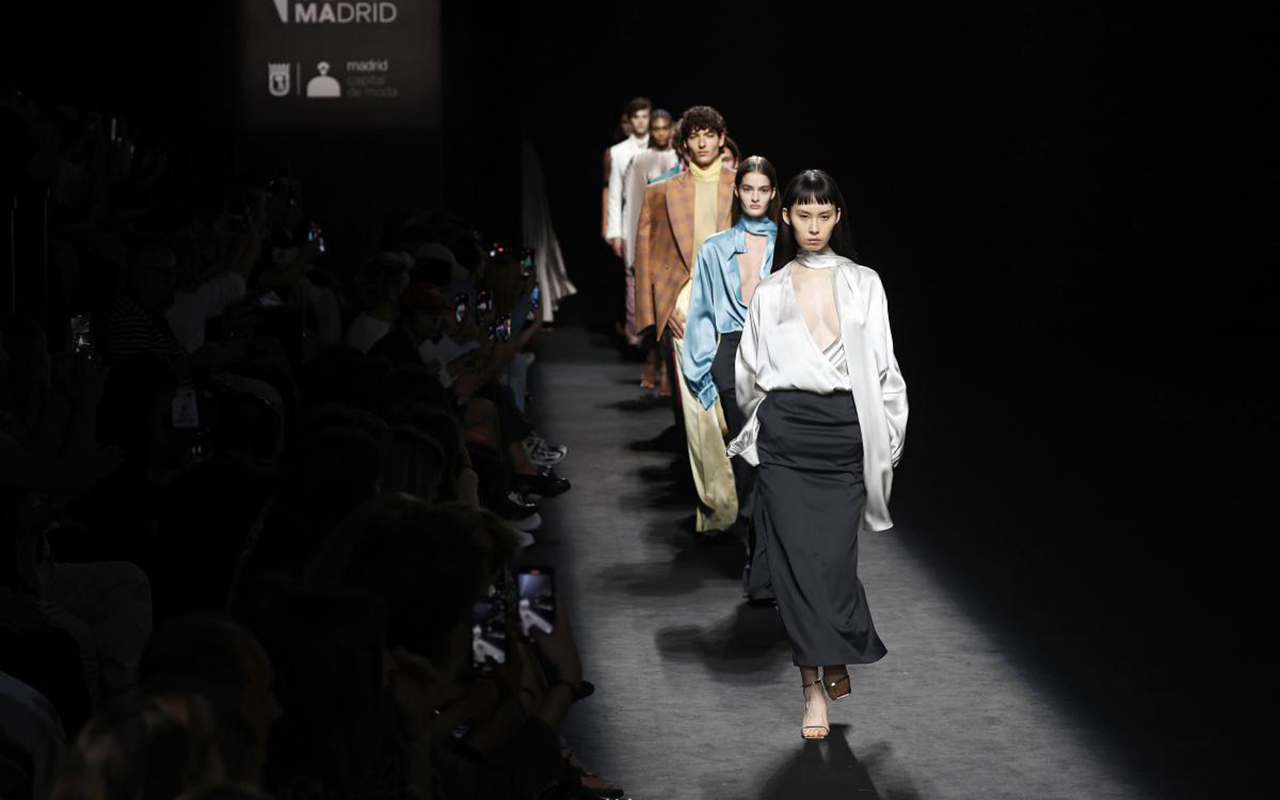
GratacĂłs has once again set foot on the main Spanish fashion catwalk by starring in some of the most representative looks of the designers who participated in the last edition of Mercedes -Benz Fashion Week Madrid. In each edition we feel admiration and deep respect for the creators who trust us and turn each fabric into a unique and singular creation, adapted to the language and aesthetic codes of each brand. In this latest edition of the Madrid catwalk, we thank Aurelia Gil, Fely Campo, Hannibal Laguna, JC Pajares, Mans, Paloma SuĂĄrez, TetĂŠ by Odette and YĂąesuelves for having placed their trust in us. Below, we reveal a brief summary of the collections for the upcoming Spring -Summer 2024.
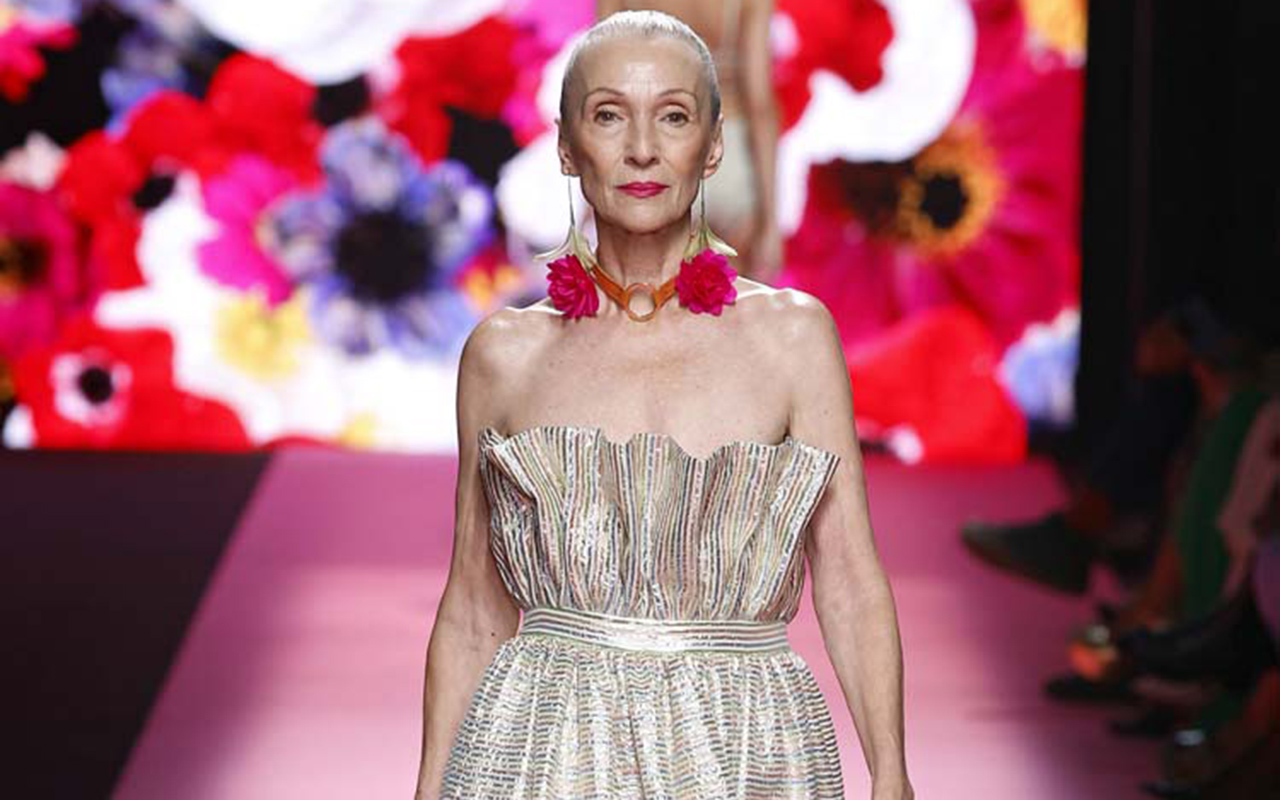
Aurelia Gil
Aurelia Gil returned to Mercedes-Benz Fashion Week Madrid for the second consecutive year. On this occasion, the designer from Las Palmas de Gran Canaria presented her new ‘Tiempo’ collection, which represents a milestone in her constant effort to create conscious and sustainable fashion. To understand Aurelia Gil’s work, it is necessary to know her passion for craftsmanship, which can be seen in each of the pieces, the careful selection of fabrics and the ethereal femininity that permeates each silhouette, with an exquisite result in every sense.
If we delve into the new collection, in ‘Tiempo’ there are plenty of relaxed silhouettes and lines, as well as flowers, which on this occasion are presented from the printing of scarves to surprising fabrics such as silks, tulles and cottons. There is also no shortage of crochet elements, embroidery and lurex printed here and there.
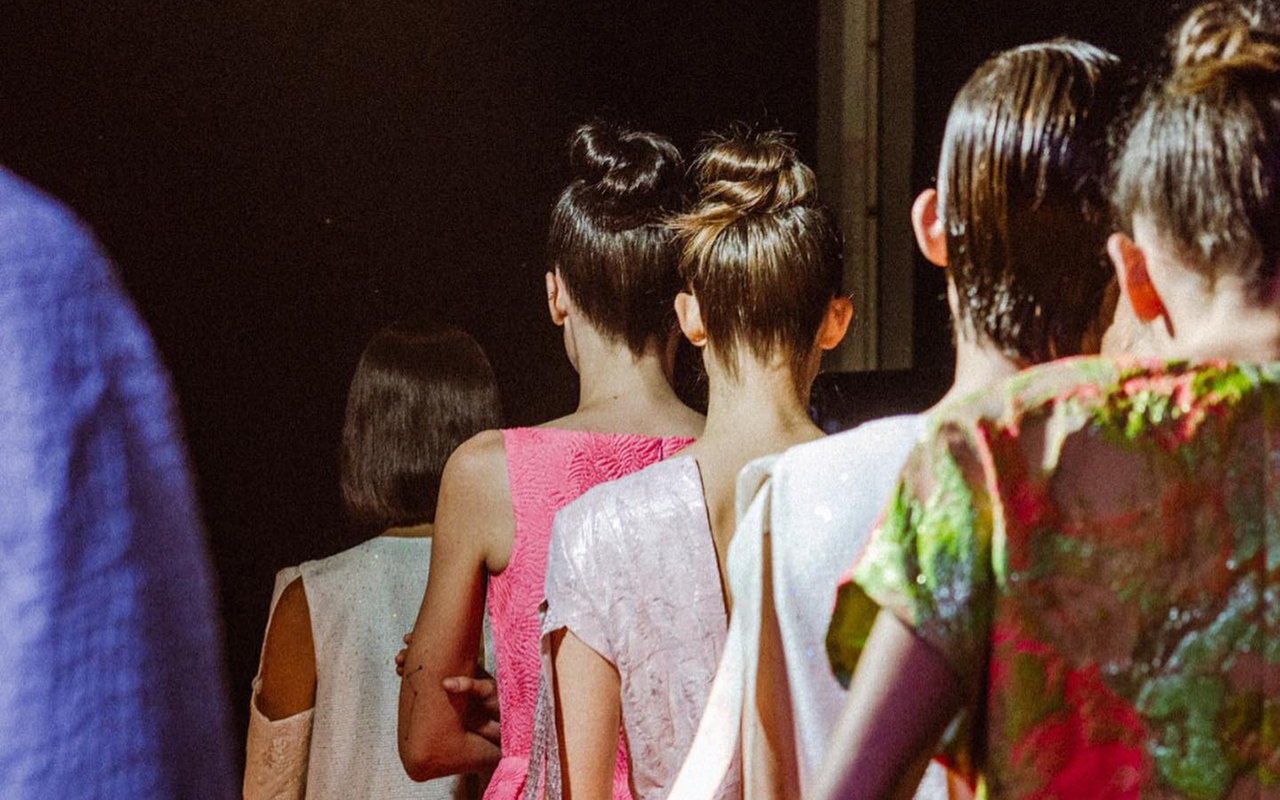
Fely Campo
Fely Campo creatively traveled to Cuba to carry out an exercise in hedonism, freedom, opulence, nostalgia and glamour. The collection presented is called ‘Zigurat’ and consists of 25 looks that are impregnated with the Art Deco aesthetic through pure patterns, which are built with the cleanliness and sobriety of the most whimsical buildings in Havana. Silhouettes and geometric cuts are intertwined with fabrics inspired by ornamental language: brocades flooded with 3D visual games with natural and geometric motifs; organic mosaics that contrast with the verticality of the ottoman’s lines and the bolder tweeds. Against the voluminous calm of the taffetas, the sinuous shapes of the moving satins emerge. The colour palette is impregnated with fluorescent tones, lamĂŠ and metallic finishes. A landscape of vivid colours on off-white tones that are enveloped and penetrated by ornaments with iridescent shine and glassy reflections.
 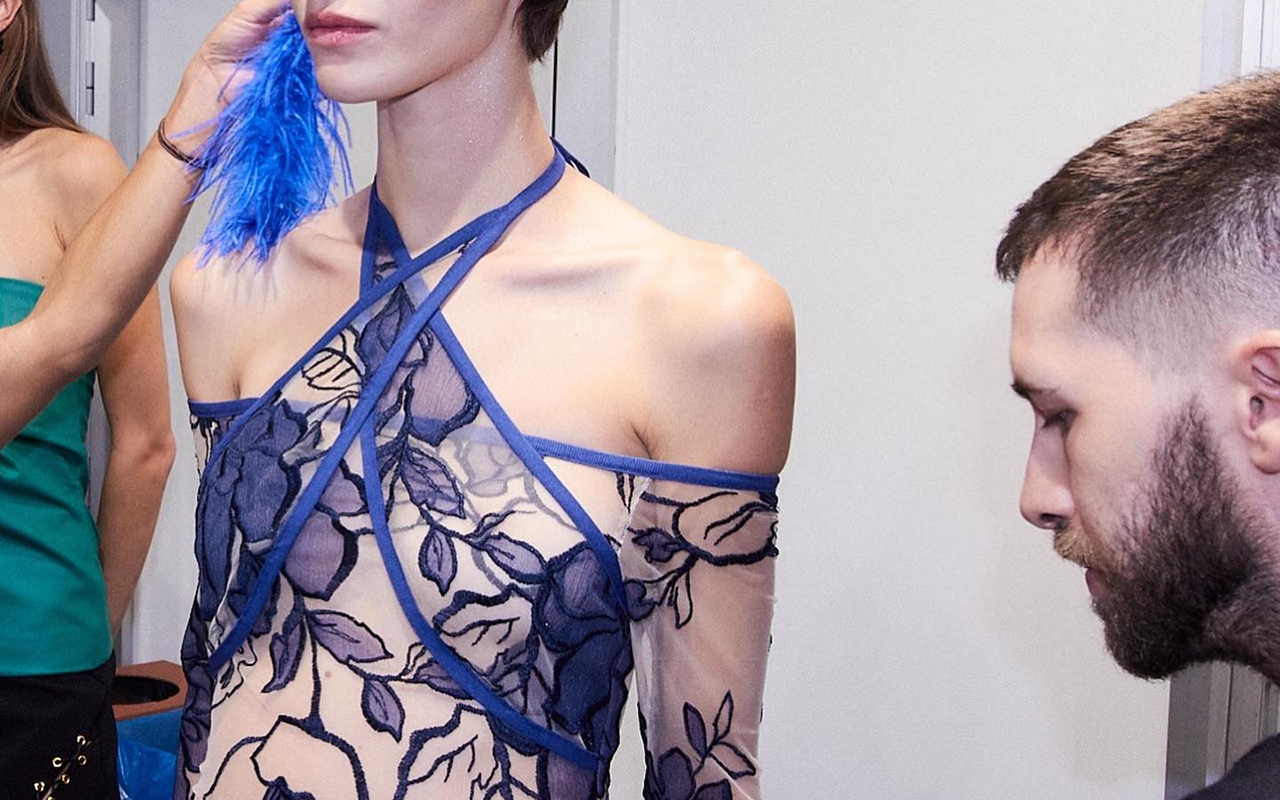
JP Pajares
JP Pajares presented its fourth annual collection on the Madrid catwalk, where summer, winter and timeless garments are combined through designs with artisanal, innovative and environmentally friendly touches. Thus, the ‘ Annual ‘ proposal follows in the wake of the brand’s latest collections with new artisanal luxury and stands out as one of the most special collections thanks to the new collaboration with artisans from Castilla-La Mancha. This union continues to revive and contribute new aesthetic codes to centuries-old techniques that are on the verge of disappearing.
In ‘ Annual ‘, nothing is left to chance and every detail counts: bobbin lace, ceramics, blown glass, hand embroidery, leather, crochet, hand-painted prints and fabrics made on centuries-old looms are intertwined in a collection that consolidates the character, style and brand identity. Innovative and sophisticated patterns, sensual and oversized silhouettes, feathers, pleats and cuts materialize in proposals for both day and night, thanks to fabrics such as wool, silk, silk crepe, cotton, taffeta, denim, tulle, technical fabrics and neoprene, among others. The collection follows a chromatic journey from black to white, passing through earth tones and the brand’s most characteristic solid colours.
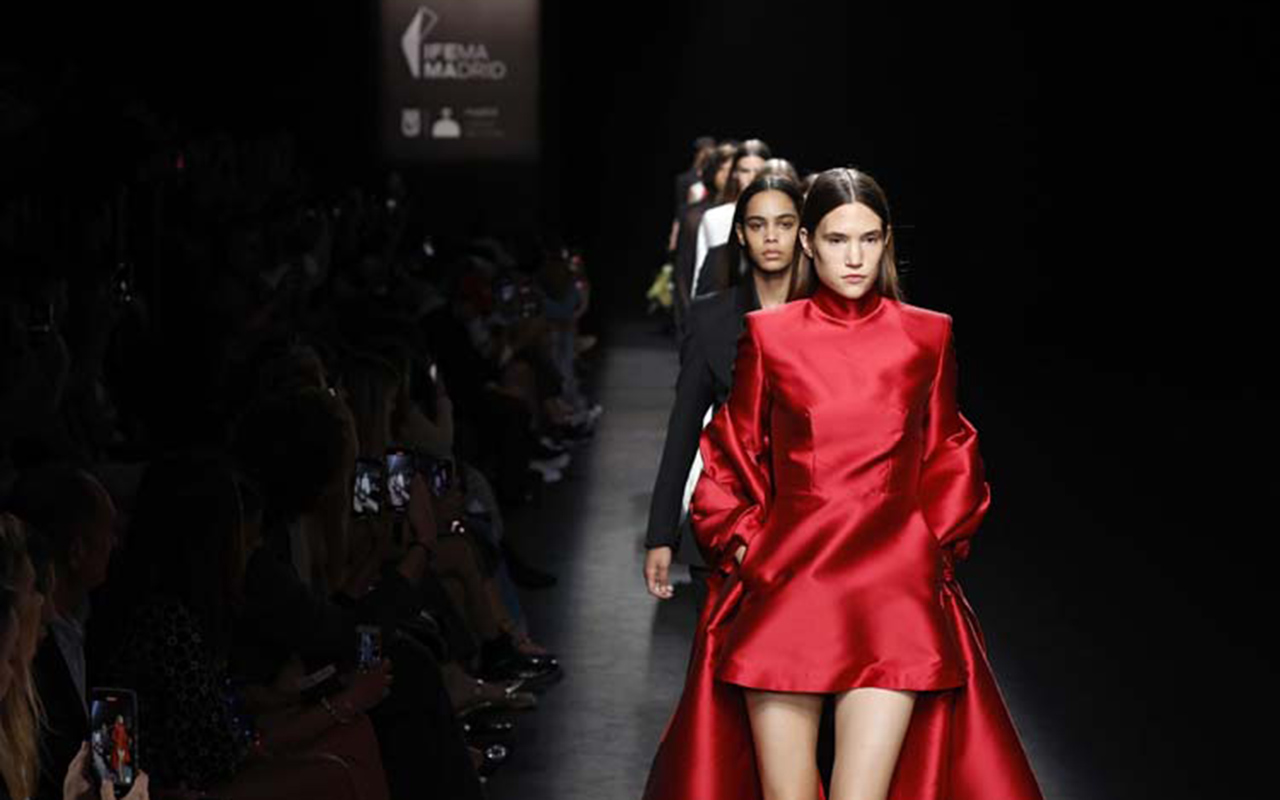
Mans
Mans believes in the elegance and sophistication of classic pieces, but offers a broader vision of fashion through collections that are freed from aesthetic limitations, allowing each person to express themselves with freedom, fluidity and confidence. On this occasion, the brand of creative director Jaime Ălvarez, which is committed to impeccable and exuberant tailoring, presented its first women’s collection, maintaining the aesthetic codes it uses for the men’s line.
The collection is structured with a first series of women’s tailored garments that includes tuxedo-style jackets and narrow trousers that elongate the female silhouette. Pencil skirts are also included to maintain the sartorial essence of our brand. With shades such as charcoal grey, black and pearl tones for the wide blouses that seem ethereal, a sober collection is created that evolves towards the 60s in terms of pure straight dresses, some above the knee, others of midi length and others . that rub the ground. They all share vibrant colours and varied fabrics such as taffetas, technical fabrics and adorned with sequins with a “crowskin” effect. The Mans women’s collection show culminated with a bride completely embellished and veiled with silk tulle of more than 5 meters.
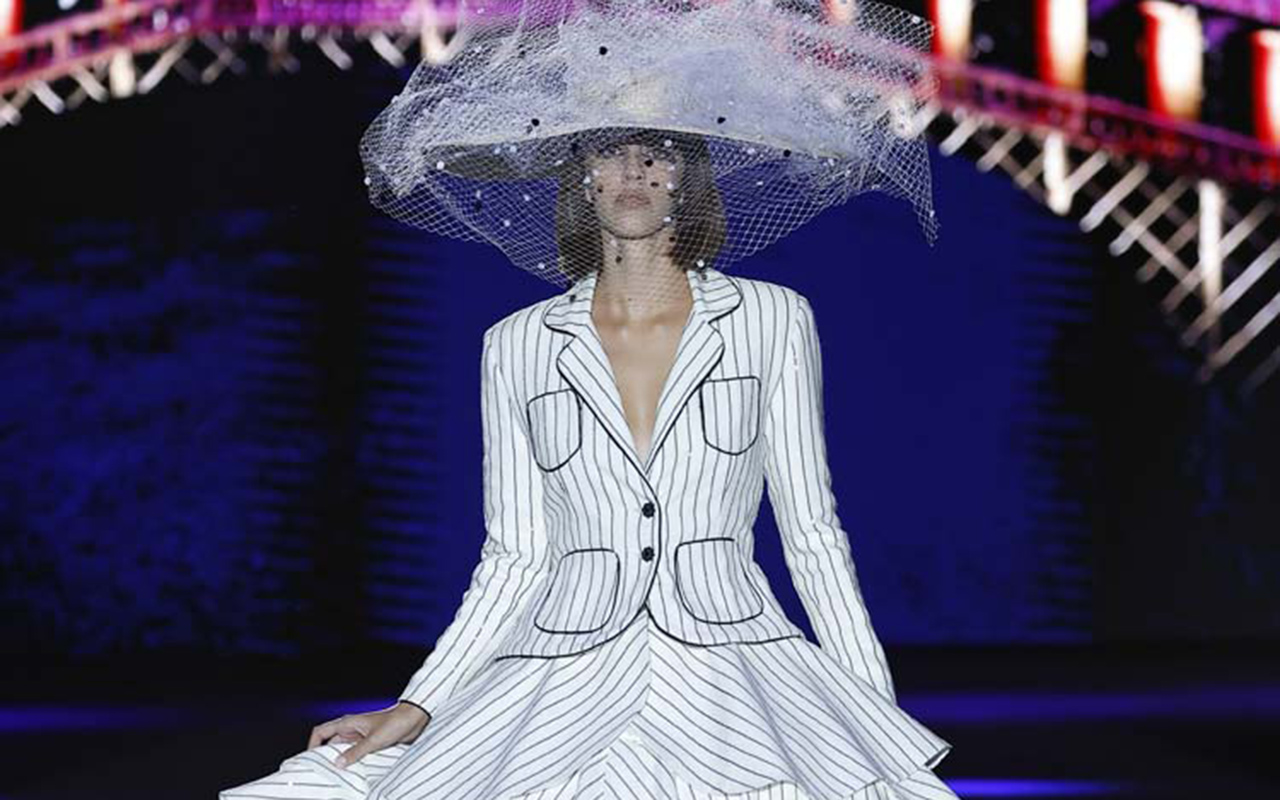
Odette Alvarez
TetĂŠ by Odette , the brand of the Cantabrian designer Odette Ălvarez, finds in Venice the perfect inspiration to dress women in the next SS24 season. The influence of the world of cinema, the glamour of the city of bridges and canals, the exuberance of carnivals, love and the designer’s personal experiences are condensed in the ‘Venezia’ collection.
This proposal is characterized by fabrics rich in ornaments and beads, elements and silhouettes that evoke the typical Venetian wardrobe, and a vibrant colour palette that includes aquatic green tones, pink and the classic black and white combination, reinterpreted from a contemporary perspective. As for fabrics and materials, luxurious taffetas, silks and lurex stand out, along with more urban fabrics such as denim or stretch silk knit. In addition, there is no shortage of sequins, crystals and rhinestones, distinctive elements of the brand. The nautical stripe print on linen with micro sequin details is transformed into party and wedding dresses, closing a collection full of symbolism and tradition. It is an emotional collection made up of âgarments that are easy to wear and hard to forget.
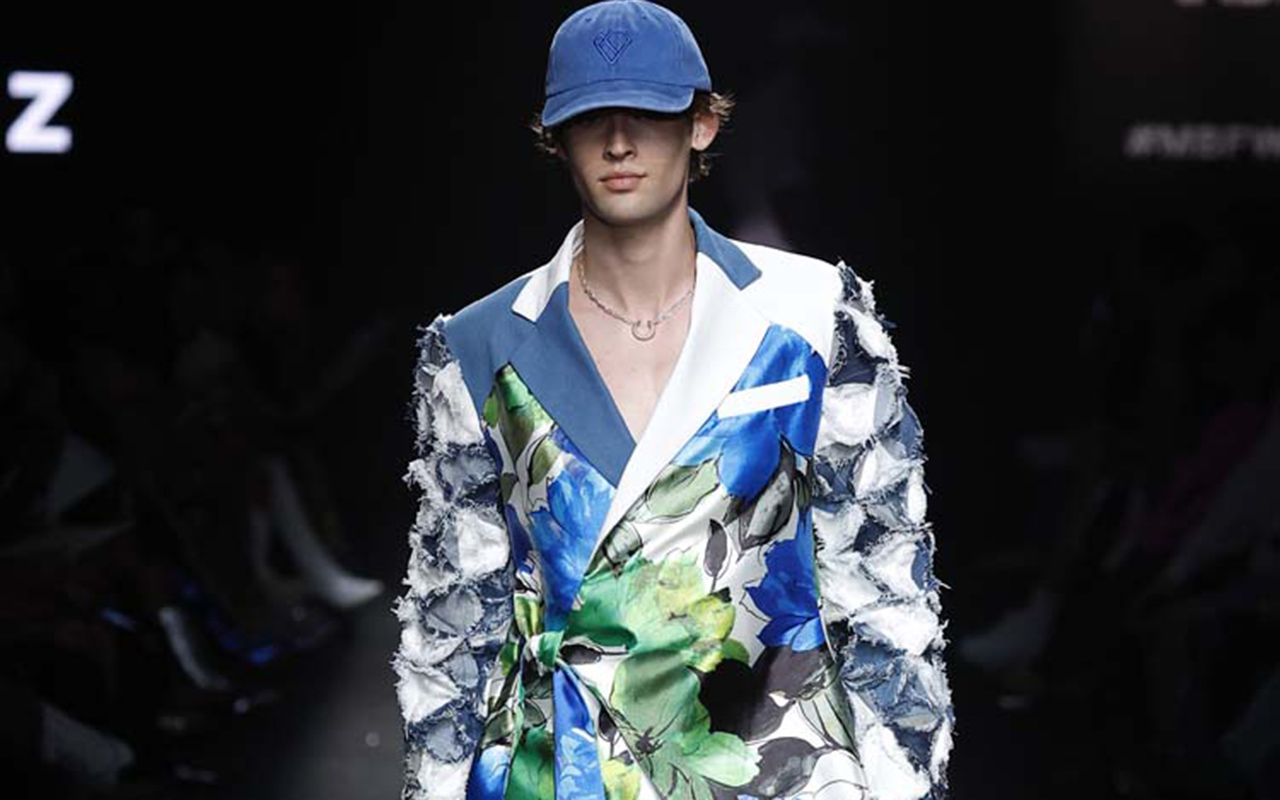
Paloma Suarez
Paloma SuĂĄrez presented her new collection ‘ Glow Up’ for the next summer season, starting from a premise that the Canarian creative frequently addresses: ‘What would you say to your past self?’. With the aim of achieving the best version of herself, the designer, considered one of the great promises of Spanish fashion, has evolved her aesthetic codes, giving them a new interpretation. The proposal represents a reflection on the past to gradually narrate the personal and creative growth of Paloma SuĂĄrez that has taken her to the present. The collection highlights the incorporation of soft colours and midi- length garments, maintaining the prominence of the colours and textures that are so characteristic of the brand and that have become its hallmark.
 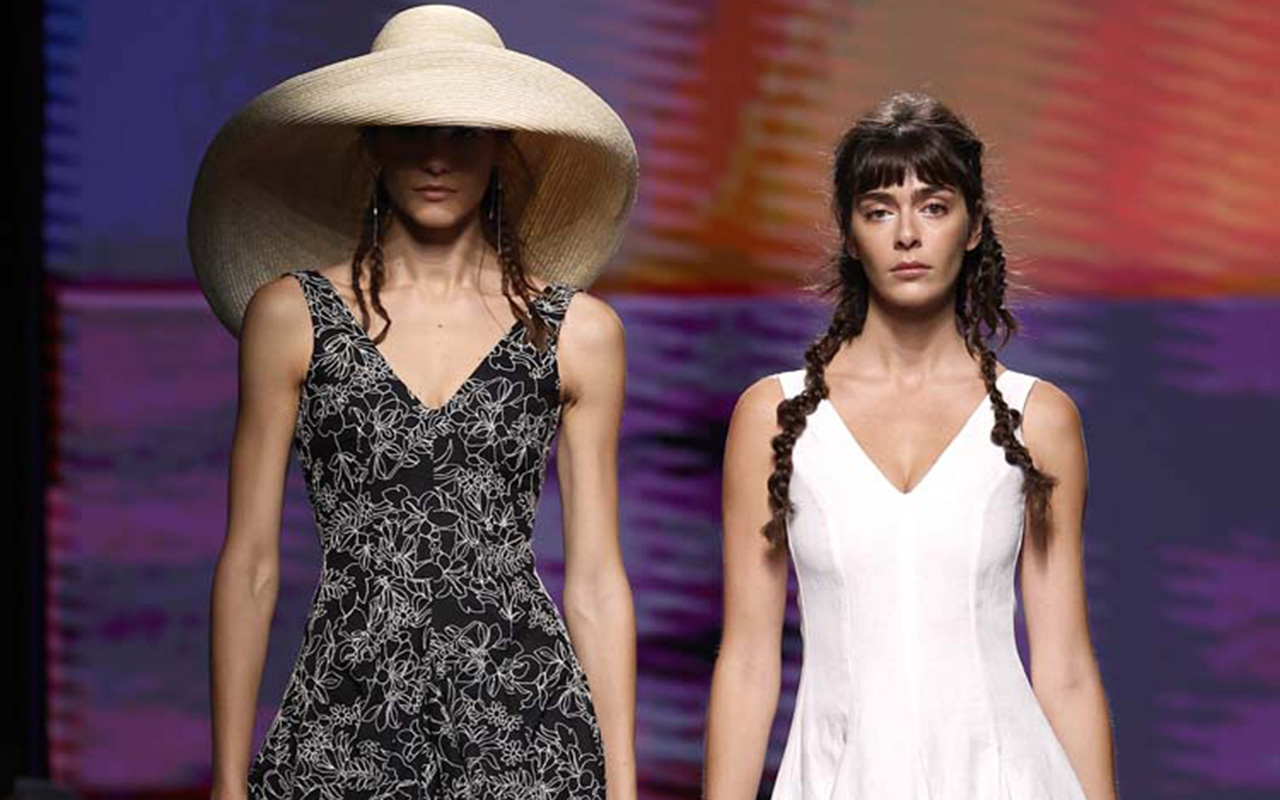
Ynes Suelves
Finally, MarĂa Osorio and YnĂŠs Suelves , mother and daughter, reflect the magical union between fashion and painting. In its new collection, the brand has explored textiles to the maximum, focusing on the movement of its garments and seeking to transmit emotions through colour. In this collection for next summer, the Spanish brand has opted for a more feminine silhouette than ever and has been characterized by a rich variety of textures. Unlike other occasions, this collection is full of different fabrics and prints.
Pics: Mercedes Benz Fashion Week Madrid
Aquamarine, the colour of calm and serenity
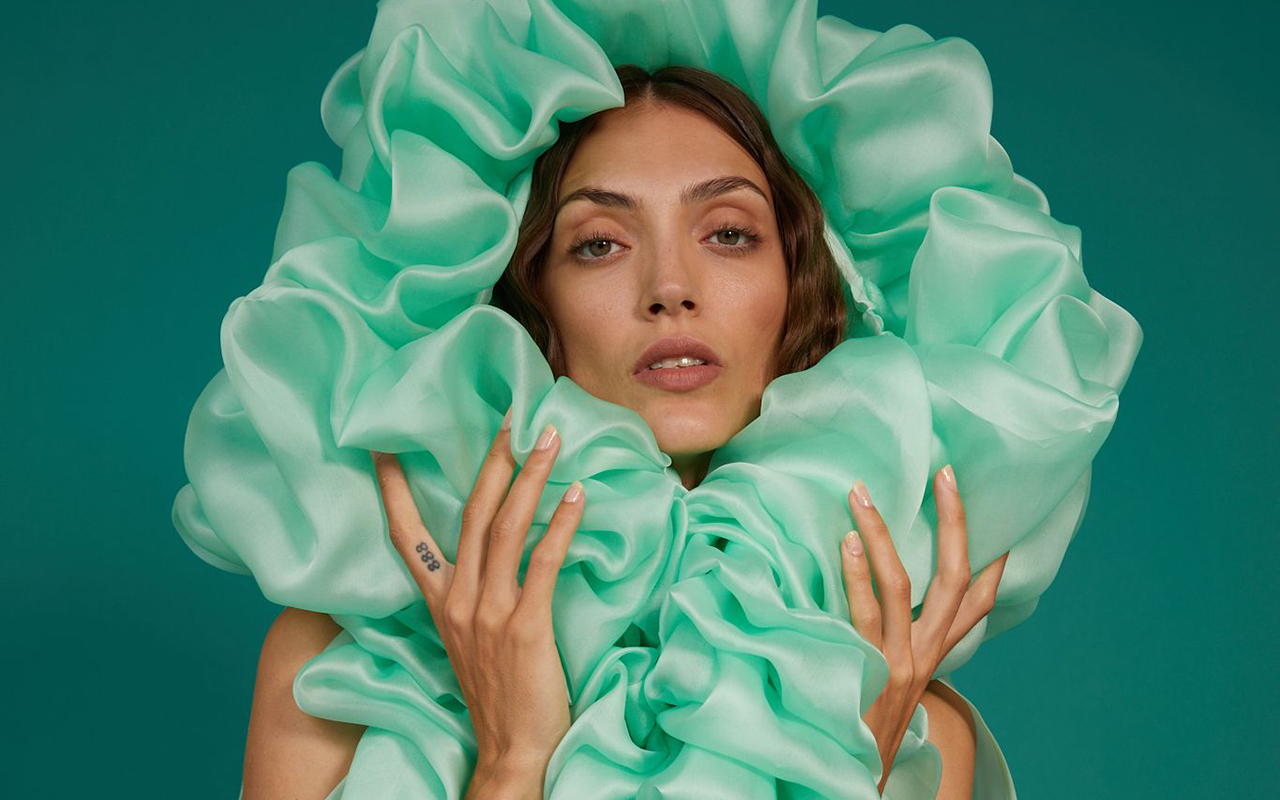 Neus Bermejo in an aquamarine dress by designer Mariano Moreno. Photo: Courtesy of Mariano Moreno
Neus Bermejo in an aquamarine dress by designer Mariano Moreno. Photo: Courtesy of Mariano Moreno
No one doubts that the colour of the year is Barbie pink, a more striking transformation of the Millennial pink we’ve been seeing in the past decade. It resembles bubblegum pink or plastic pink, all of which have more artificial undertones. However, beyond the fuchsia and soft pink that dominate the Barbiecore trend, other colours are emerging this season. One of them is aqua green, which captivates with its discreet charm and its calming and refreshing nature.
Aqua green, also known as blue-green or aquamarine, immerses us in the fascinating transparent, warm and shallow waters, evoking emotions and transmitting subtle messages associated with summer. Paradisiacal tropical beaches, lagoons surrounded by nature and river beds with crystal clear waters are some of the images that come to mind when contemplating this pure tonality. It is perfect for the summer, since it is closely linked to the sea and nature.
The name makes the thing
This colour gets its name from the gemstone that represents it, aquamarine. A gem characterized by its beautiful light bluish-green hue. The term “aquamarine” comes from the Latin “aqua marina”, which means “sea water” to poetically evoke the sparkles and transparency of water.
Since ancient times, the colour aquamarine has been appreciated for its beauty and its connection to aquatic nature. The ancient Romans attributed protective and healing powers to this stone. Also, in the Christian tradition, aquamarine was associated with purity and innocence. Over the centuries, it has been used in jewelry, especially gemstones, but also in ceramics and ornamentation in different cultures, from the ancient Egyptians to the Native Americans.
Psychological and sensory properties
On a sensory level, aquamarine is a refreshing and calming hue for the eyes. It has a luminous, translucent quality that evokes feelings of serenity and freshness. Not surprisingly, this hue is associated with peace, clarity of mind, and harmonyâvaluable traits in fashion, advertising, and interior design when seeking to create a serene and welcoming environment. Also, their presence can stimulate creativity and promote a sense of relaxation.
This colour is also attributed qualities that encourage emotional openness and the ability to express yourself. Its soft and luminous hue makes it a popular choice for those who want to convey a fresh, sophisticated and elegant image. In addition, it is related to youth, since its shades instill confidence and magic, making people feel renewed both inside and out, with positive energy.
A notable example of a brand that has embraced aquamarine in its identity is Tiffany&Co. Its iconic shade of aquamarine blue is used in its packaging and presentation, providing a duality between elegance and carefree freshness. Likewise, the renowned sportswear brand Nike has incorporated the aquamarine color into its latest collections of sports footwear and clothing, providing a fresh and energetic look to its products.
Without being essential, it stands out
Let’s not fool ourselves. It’s true that aquamarine hasn’t been a front row colour on the fashion catwalks, at least until now. It is not usually the favourite of the designers and it is not abundant in the collections, since its relaxing nature is incompatible with the frenetic rhythms of the industry. However, it is true that aquamarine is more easily found in spring-summer collections, since it refers to crystal clear waters on sunny days and evokes paradisiacal destinations. In addition, it favours the tanning of the skin as it is a soft tone that gives it prominence.
Despite this, renowned designers have embraced aquamarine in their creations. For example, the Italian designer Roberto Cavalli has used this colour in his prints and haute couture designs, adding a touch of sophistication and freshness. Brands like Versace, Gucci and Carolina Herrera have also incorporated aquamarine into their collections, both in clothing and accessories.
This summer, through the mermaidcore trend, aquamarine has gained more presence. In this sense, the colour of the crystalline waters has been shown in total looks that Max Mara has explored with designs such as retro-style swimsuits, including hats. Fendi has also opted for this hue, combining pants with printed tank tops. For its part, Armani has presented a more subtle proposal, with a strapless dress combined with trousers.
Although aquamarine may not be the usual star in fashion, we cannot deny its charm and versatility. Its presence in the collections of renowned designers and its association with freshness and sophistication make it an attractive and elegant colour.
From GratacĂłs, we join the charm of the aquamarine colour. In our online store, we offer a selection of seasonal fabrics dyed with this refreshing colour, which brings vitality and sophistication. When we enjoy our well-deserved vacation, we will see life with a touch of aquamarine colour.
Pics: The 2nd Skin y Max Mara
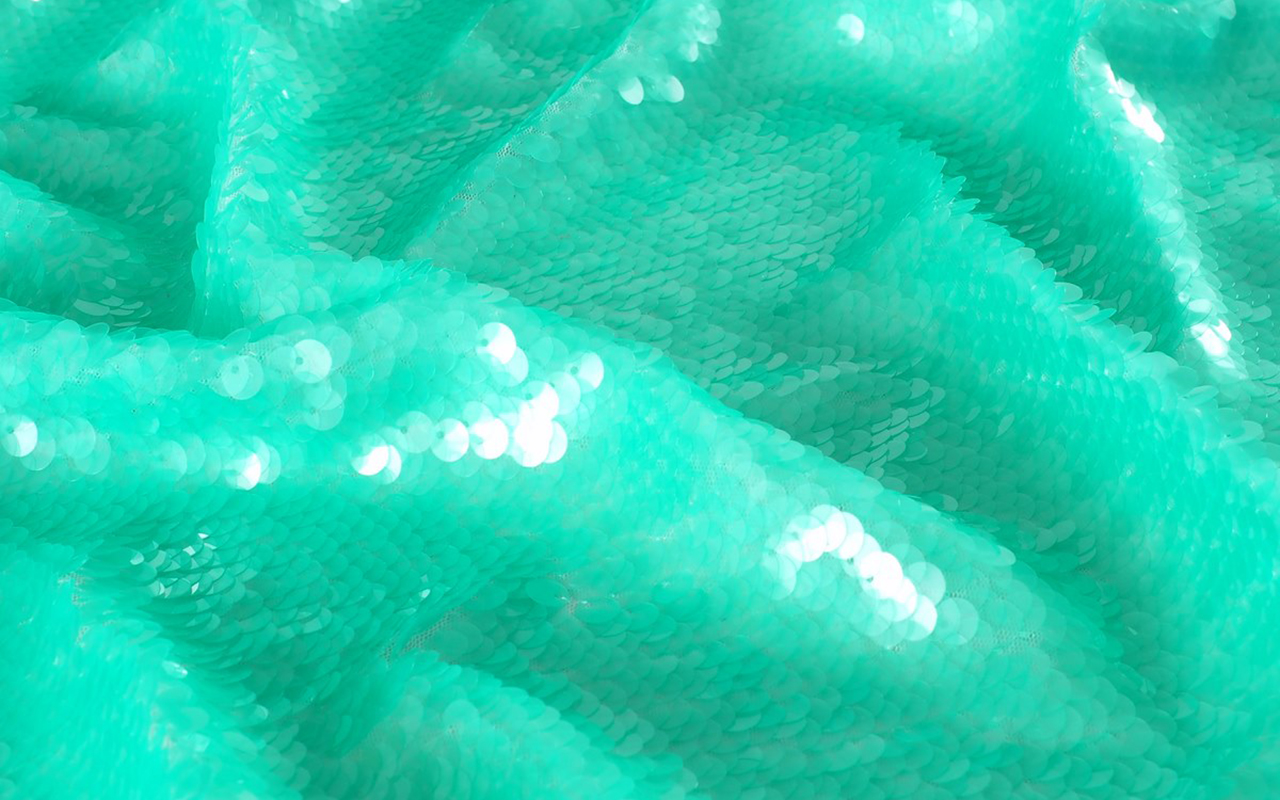
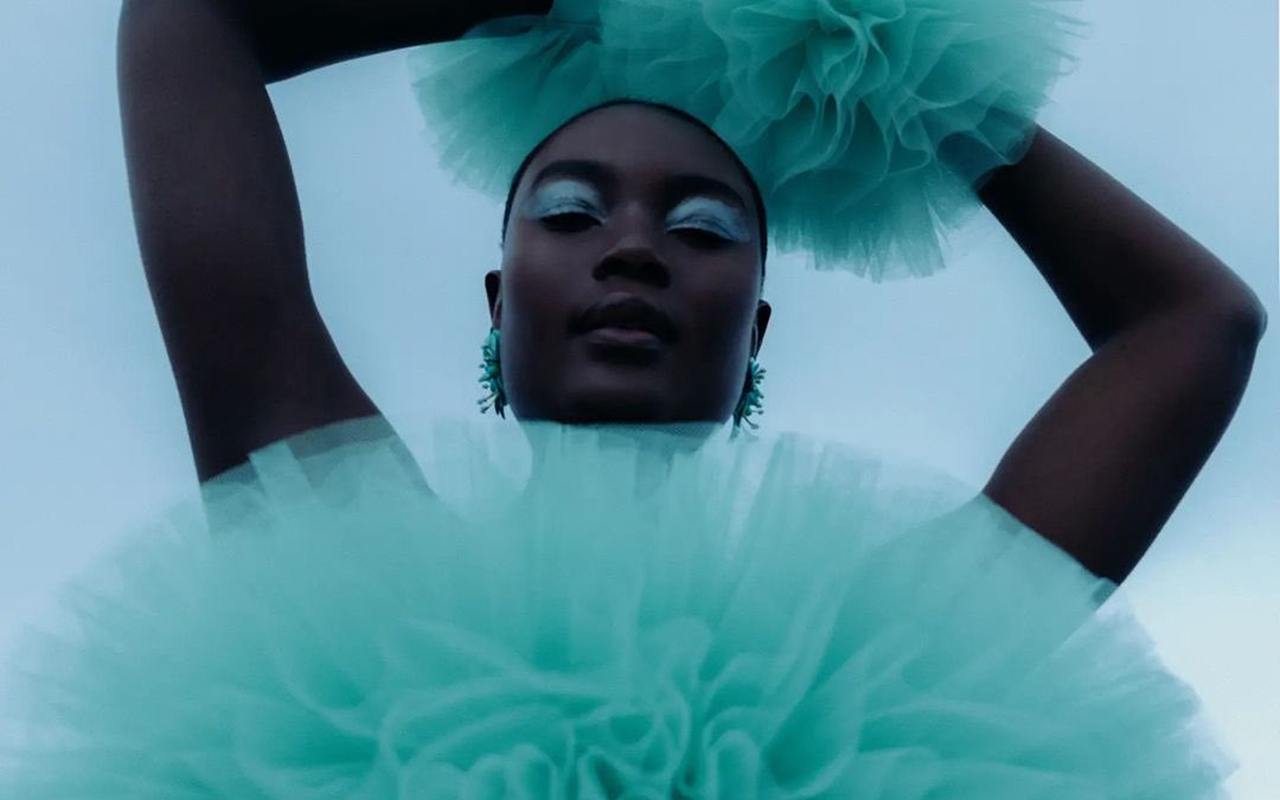
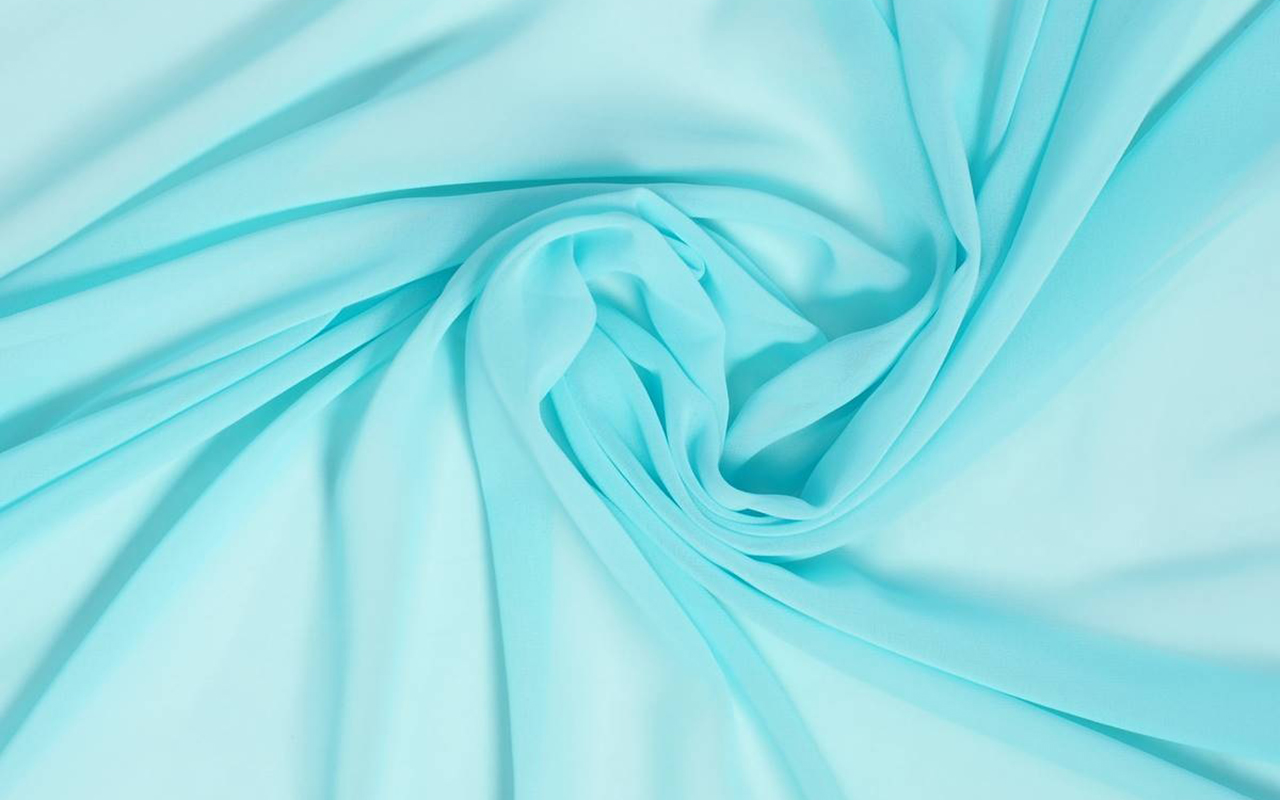
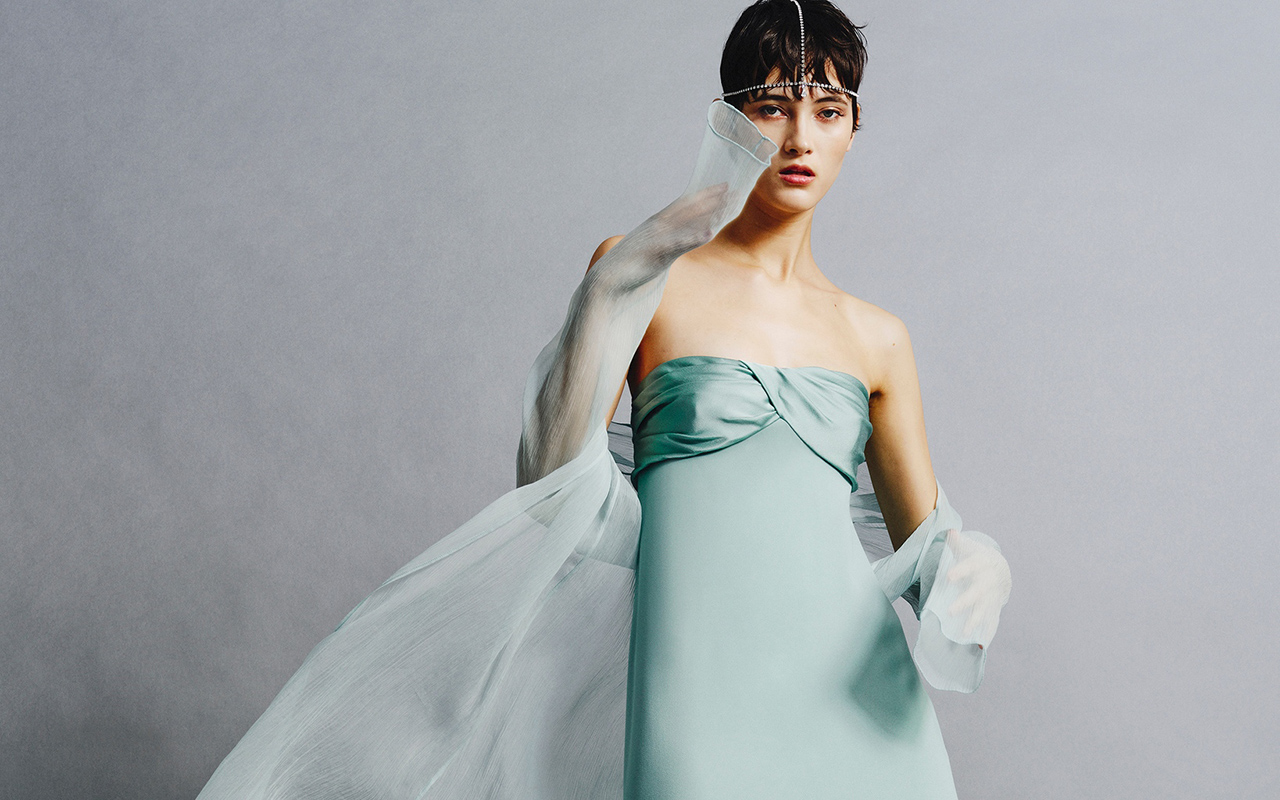
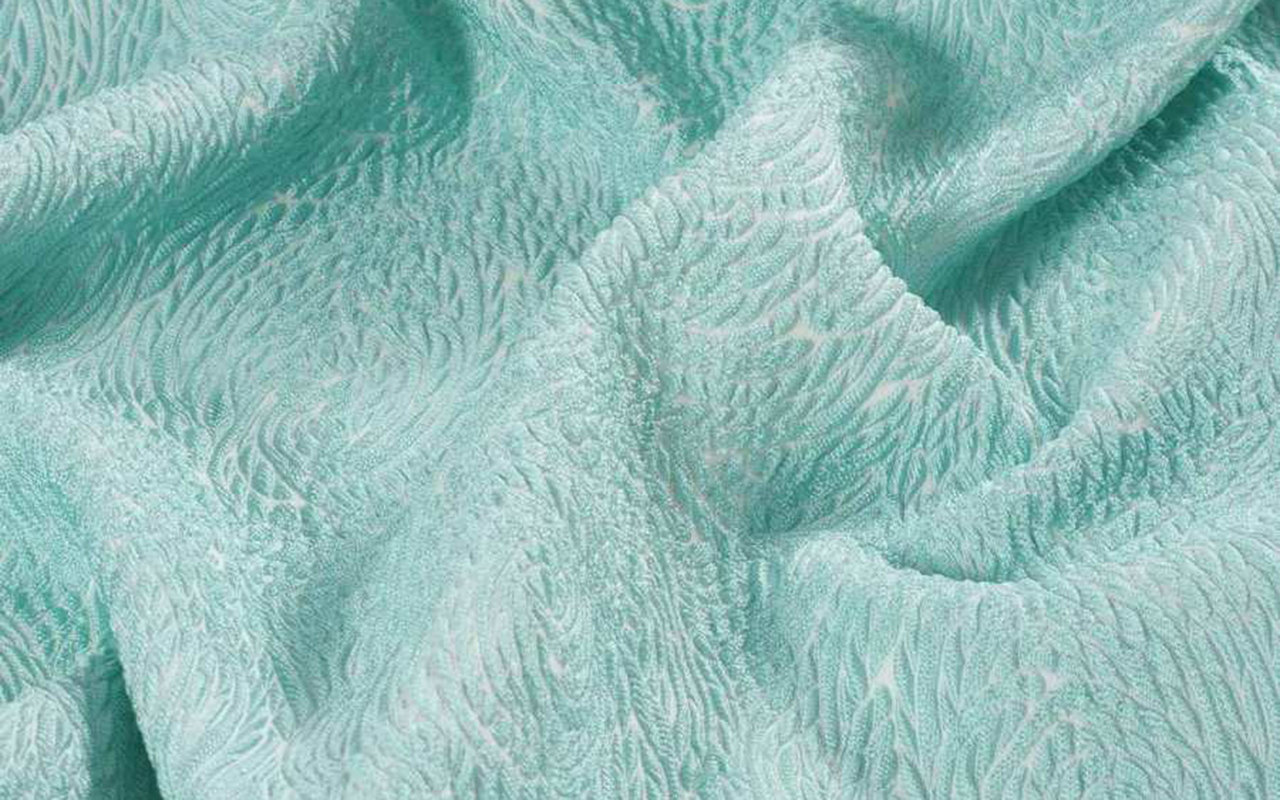
Mermaidcore: fashion inspired by mermaids
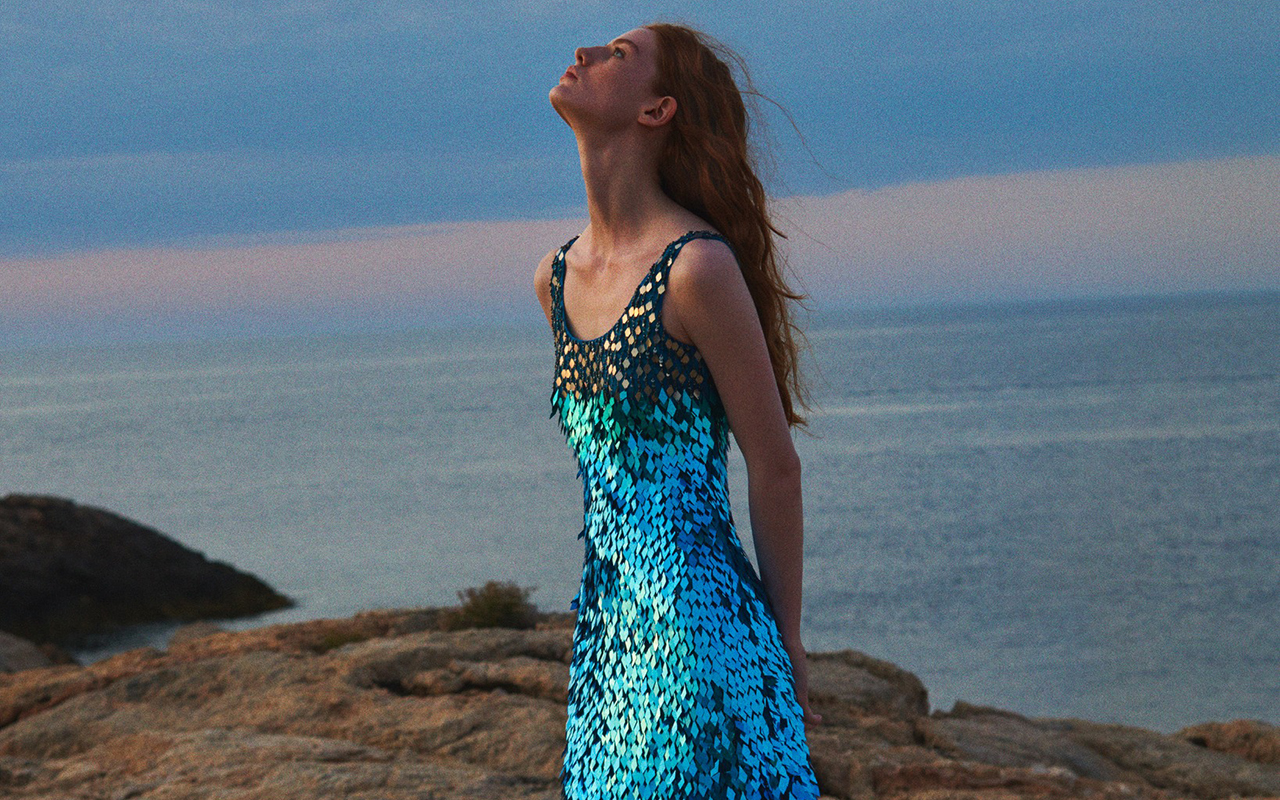
The Little Mermaid is all the rage, pardon the Barbie doll and her barbicore style. And not only its long-awaited remake, released on May 26 in theatres, has won a legion of fans among both children and adults. Now, the aesthetics of these mythological creatures have also seduced the fashion industry, which surprises with the most popular trend of the summer: the mermaidcore with designs that transport us to the depths of the ocean.
The catwalks speak
Fashion’s interest in reflecting the fascinating underwater world is not new. In fact, French designer Marcel Rochas is credited with creating the mermaid silhouette in the 1930s, which was later popularized in fashion circles by Jean Patou. His dress inspired by the aquatic world was published in an edition of Vogue magazine in 1933. Since then, the mermaid style has evolved in various ways and today, designers such as Bottega Veneta or Bluemarine have reinterpreted the image of this mythological creature offering their own vision with clothes that move between the sophistication and the casual.
Investigating more into the current collections we see that the big brands continue to explore the collective imagination of mermaids. For example, for her Resort 2023 collection, Alberta Ferretti gave a very marked nod to these marine creatures by closing her collection with evening outfits full of iridescent blue sequins. In a similar line, Gucci also revealed a striking sparkly dress in green tones and a flowing silhouette, which already predicted the new rise of the trend. Or Tom Ford with a festive collection full of sequins and colours of the sea, like the cut-out design in silver and green that Gigi Hadid wore in a style with curly hair.
The curious thing is that everything suggests that the mermaidcore trend is going to extend throughout 2023 until it permeates the next seasons. Far from being forgotten, in autumn, clothes with the effect of scales and skirts in the shape of a mermaid tail also mark the design of Bottega Veneta. As well as Roberto Cavalli ‘s evening gowns, whose catwalk models sported wavy hairstyles with a subtle wet look and smoky eye makeup. And in 2024, the Resort collections continue to rescue this aquatic environment, as has already been seen in Louis Vuitton with sequined skirts that create optical illusions.
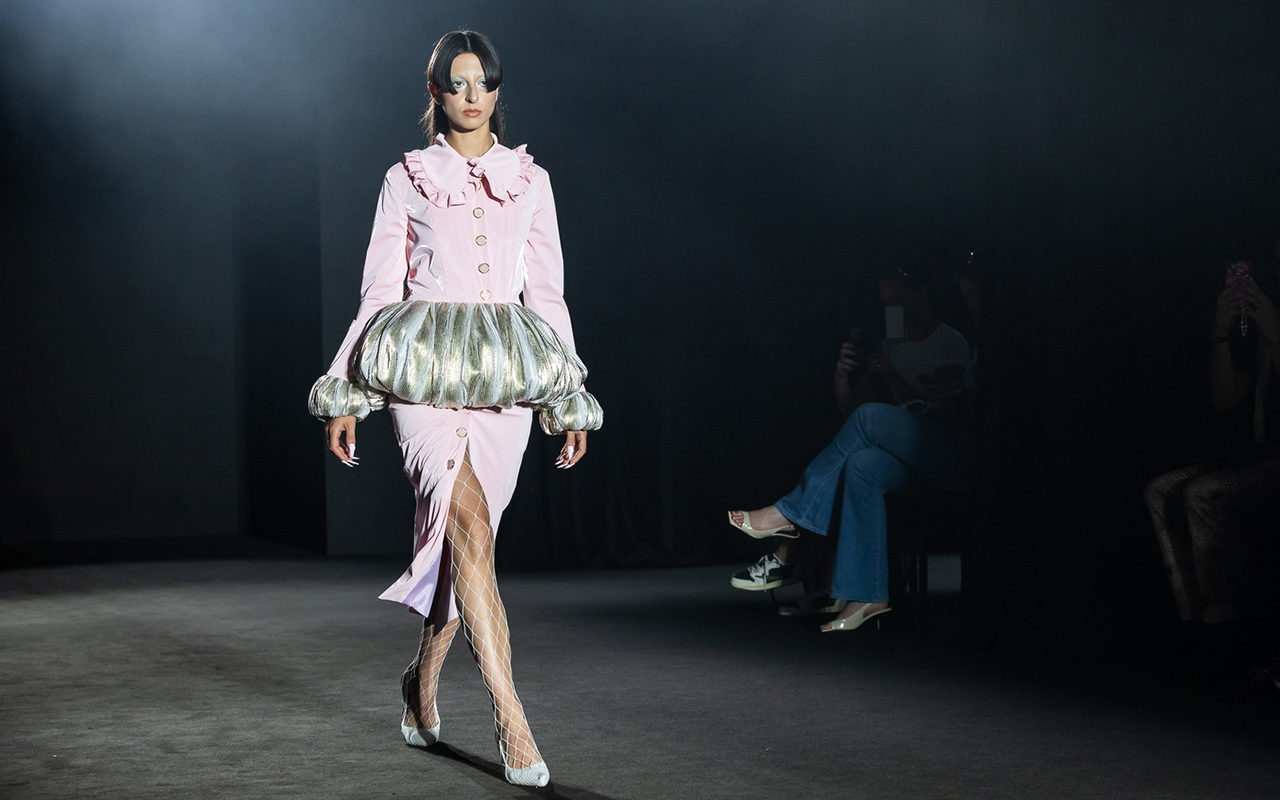
Mermaid designs made in Spain
This global trend also influences Spanish designers. Many of them have proposed creations that are inspired by the shapes of the marine world and follow this mermaidcore aesthetic code. In the last edition of 080 Barcelona Fashion, Anel Yaos presented a collection of an intimate nature that plunges into the seabed to present its hallmarks, marked by romanticism, fantasy and the naĂŻve in pieces of clothing that do not distinguish genders. “Beings without names or appearance, intangible creatures, aquatic myths have been with me since I was a child, arousing in me feelings that range from tranquility to fear, and remind me that I am not alone,” he said backstage at the Catalan catwalk. The ‘Deep 23’ proposal reflects the fluidity of light fabrics such as silk, chiffon and cotton, contrasting with the forcefulness of velvet and neoprene, through a fascinating combination of prints and colours that fit harmoniously with each other.
The Sevillian designer investigates new materials such as latex and towels, and continues focusing on upcycling of bedspreads, vintage buttons and elements that evoke the ocean, such as fishing nets and shells. Furthermore, ruffles, 3D flowers and lace overlays take centre stage. The colour palette of the proposal flows between pastel tones and other more intense ones, such as moss green and black.
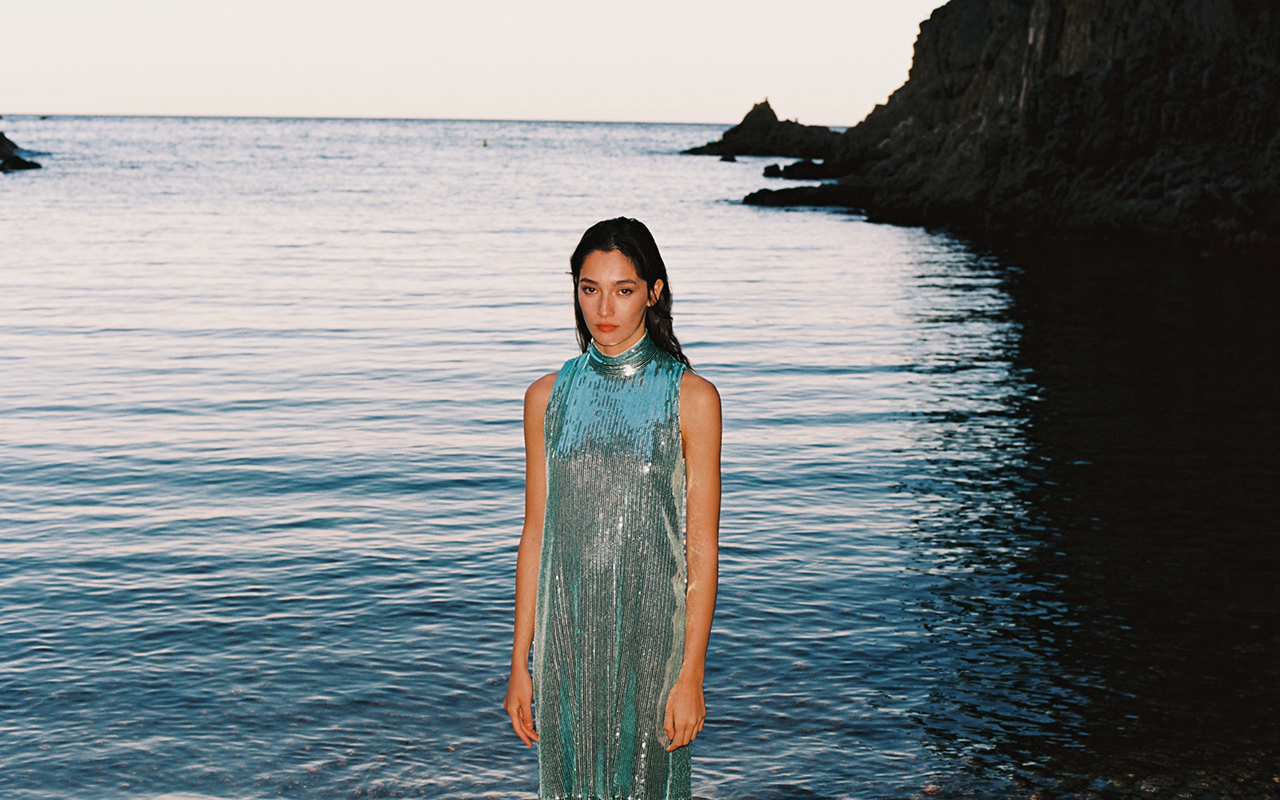
Another brand that explores sensuality with feminine proposals loaded with transparencies, sequins, iridescence and lace is Eiko Ai, led by the Barcelona designer Glò LladĂł. The firm immerses itself in dreamlike proposals that are inspired by the ephemeral beauty of natural landscapes. According to LladĂł, âon this occasion her inspiration lies in the movement of water and marine fauna, such as jellyfishâ. With her ‘Underwater Life’ collection, Eiko Ai seeks to establish a connection with aquatic nature through elements such as plants, animals and other organisms, as well as fantastic beings that inhabit the oceans.
To achieve this, the Barcelona firm uses transparencies that allow light to pass through, soft satins in bright tones, ruffles, volumes and vaporous and ethereal fabrics that capture the movement of the waves of the sea. In addition, the pearly tones present in her garments emulate the scales of mermaids, thus completing the marine inspiration of her collection.
Following the latest trends closely, the large fashion distributors have not wanted to miss the opportunity to keep the aesthetics of these fascinating marine creatures on the crest of the wave. Zara kicked off the new season with an editorial dedicated to modern mermaids, presenting garments that have been best sellers. Among the proposals are sequined tops, satin skirts and a silver dress that enhances the feminine silhouette. In the middle of the sales season, the Inditex flagship continues to bet on mesh fabrics with small jewel inlays and sequins of different sizes in blue and metallic tones.
At GratacĂłs we also have an assortment of shiny fabrics that could follow the percepts of the mermaidcore trend. Find our most premium sequins here with different sizes, shapes and spectacular multicolour designs.
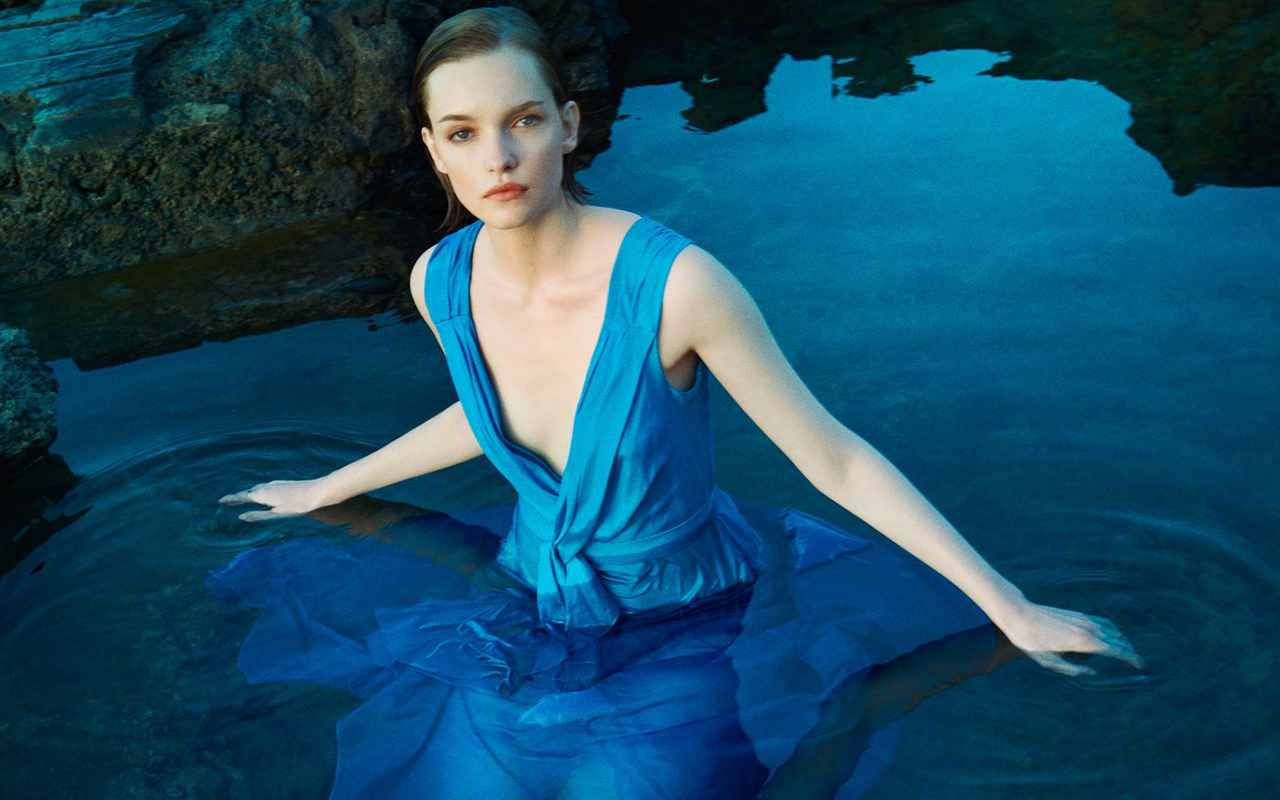
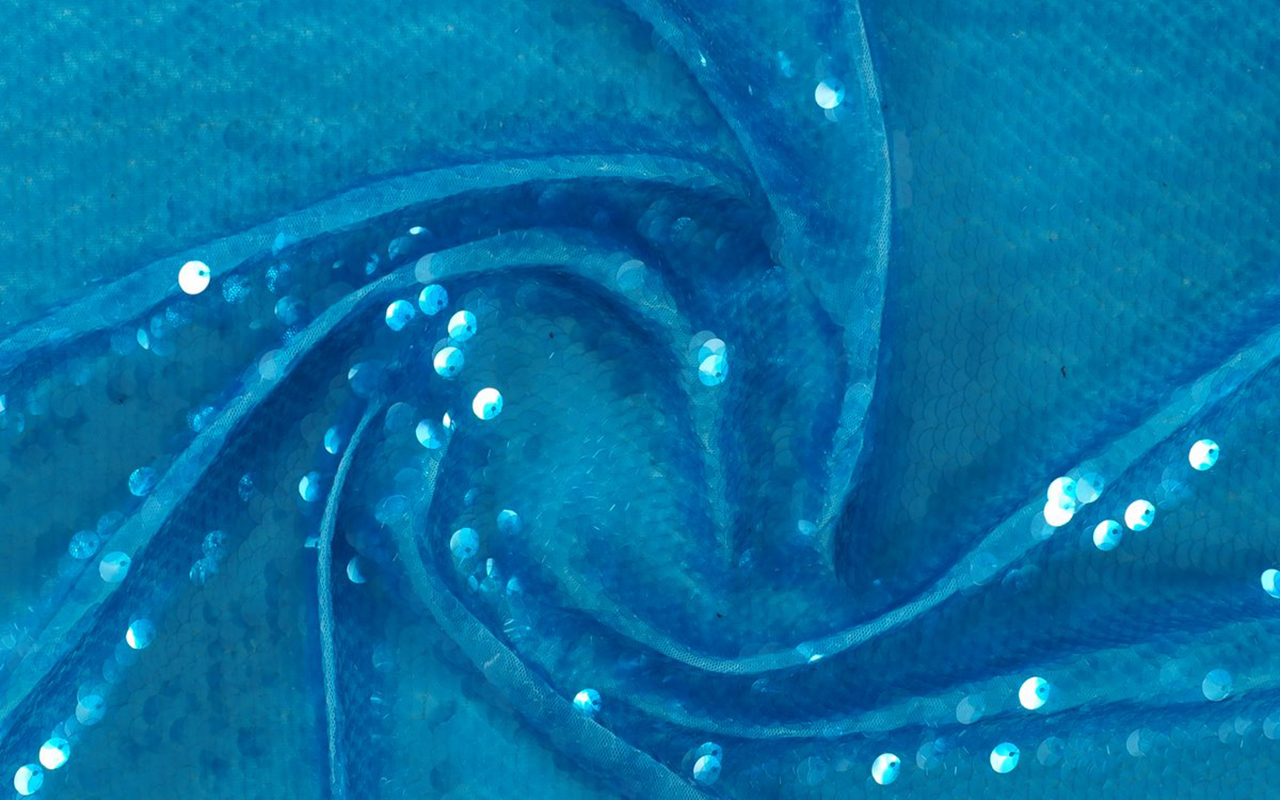
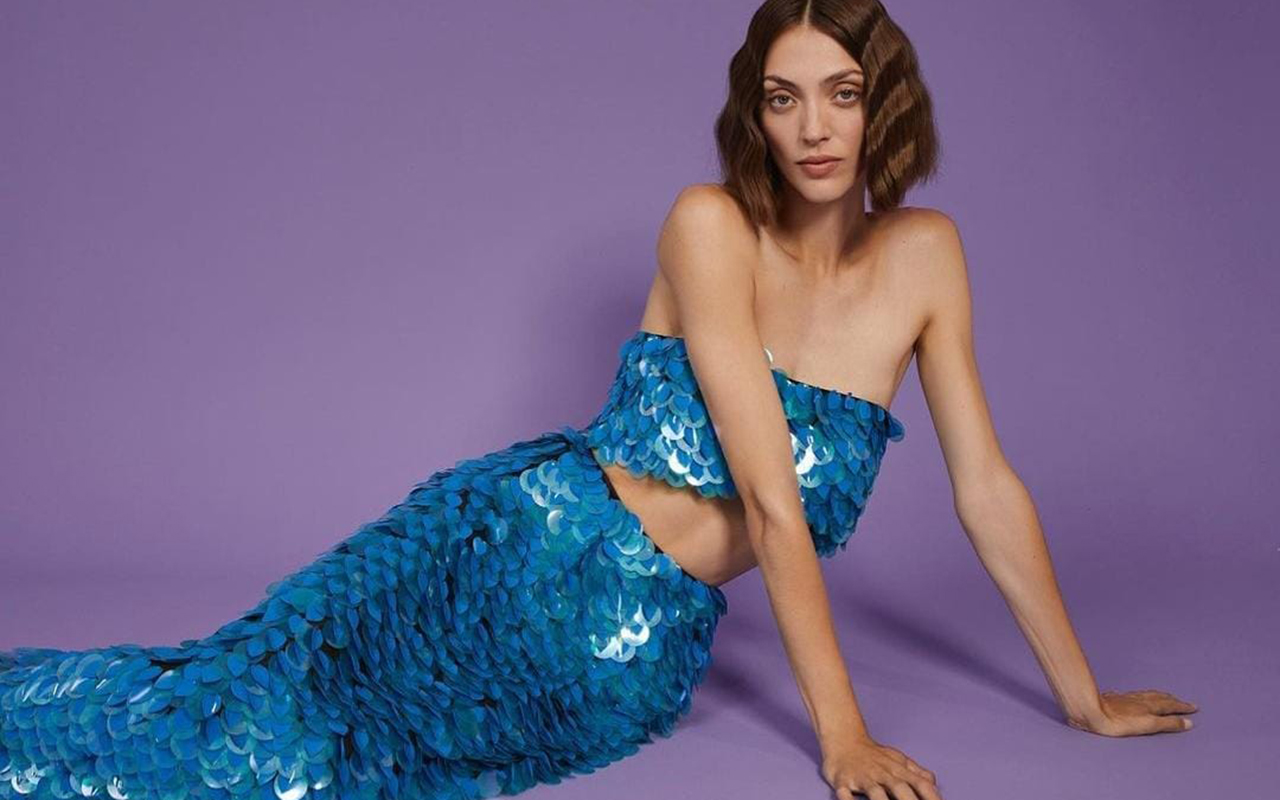
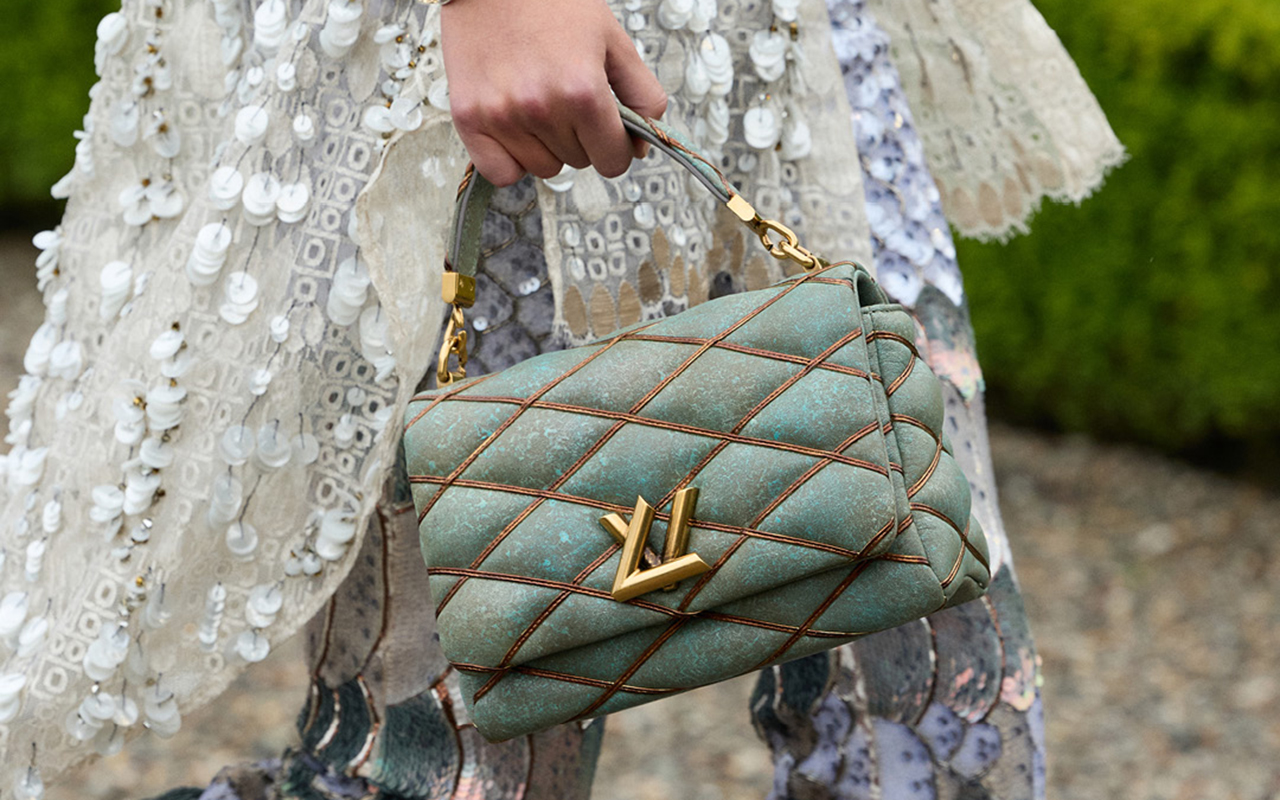
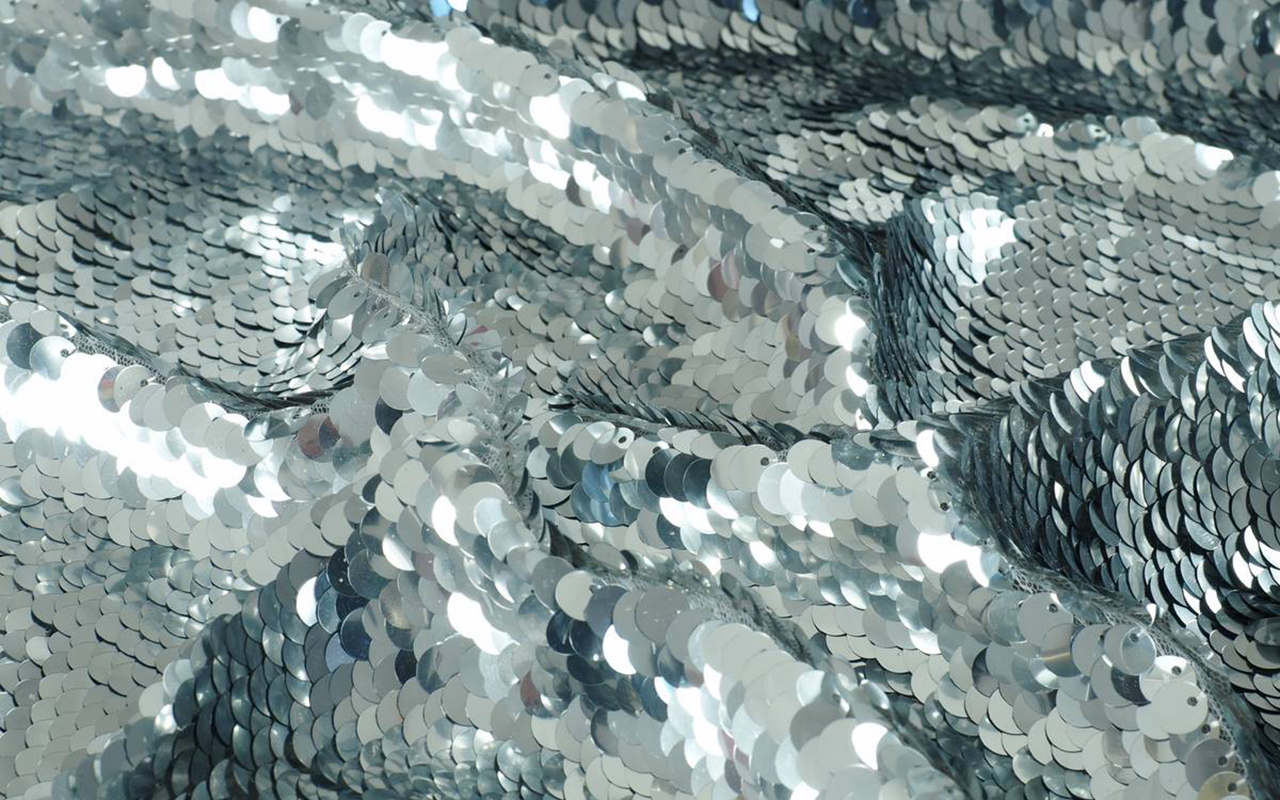
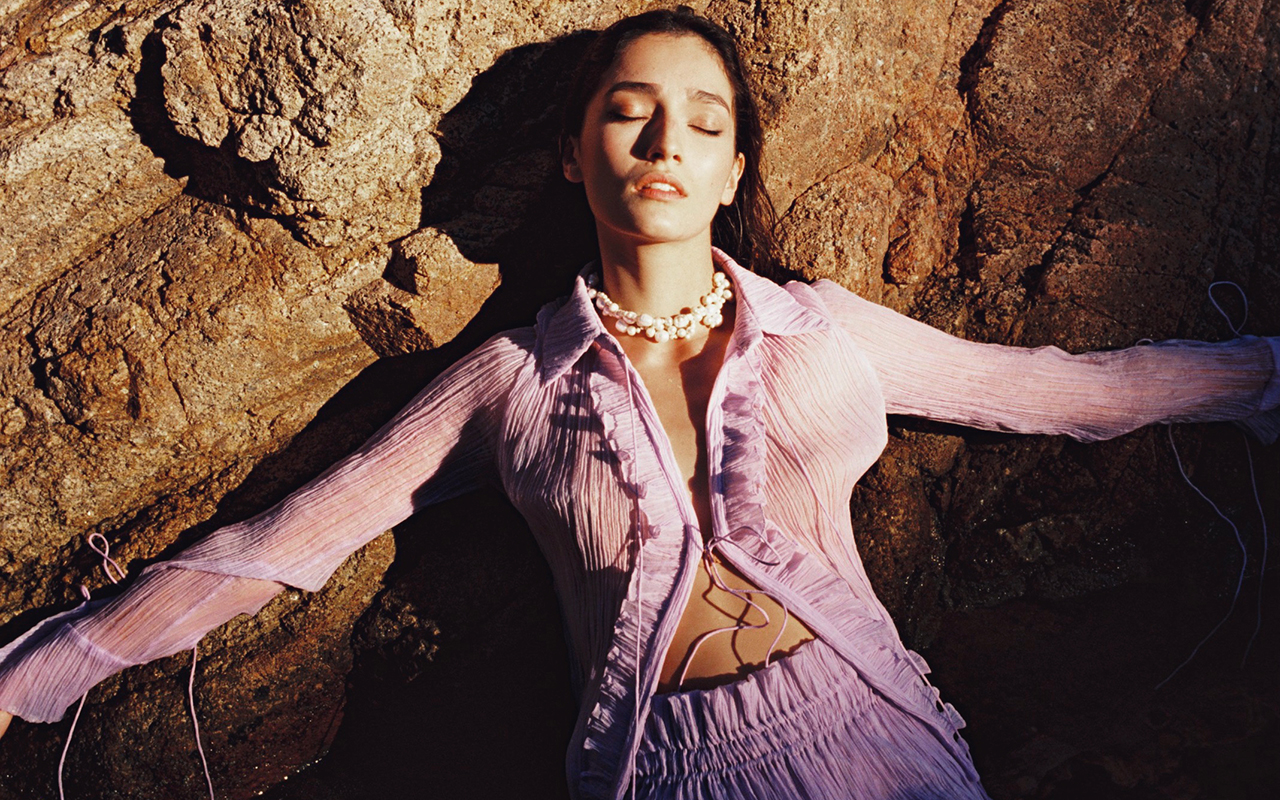
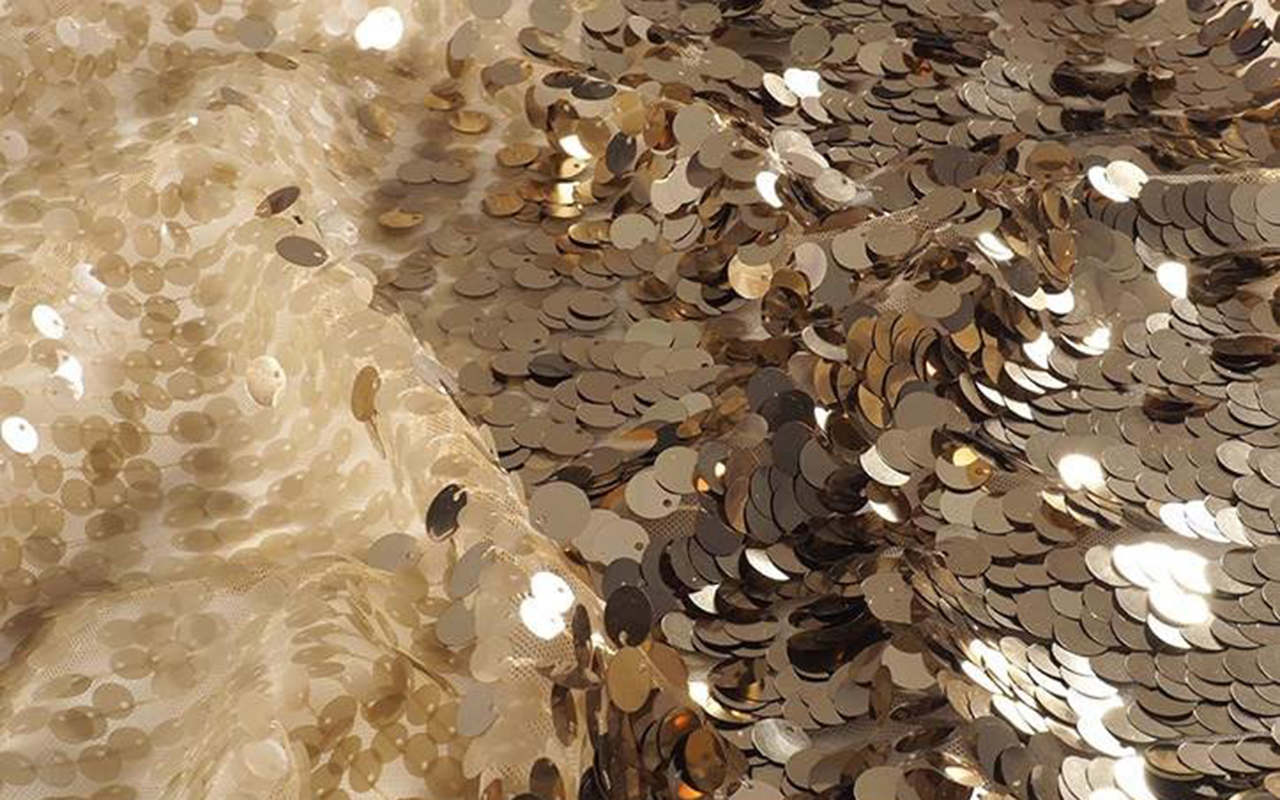
The restless beauty. Josep Font’s work at the Balenciaga Museum
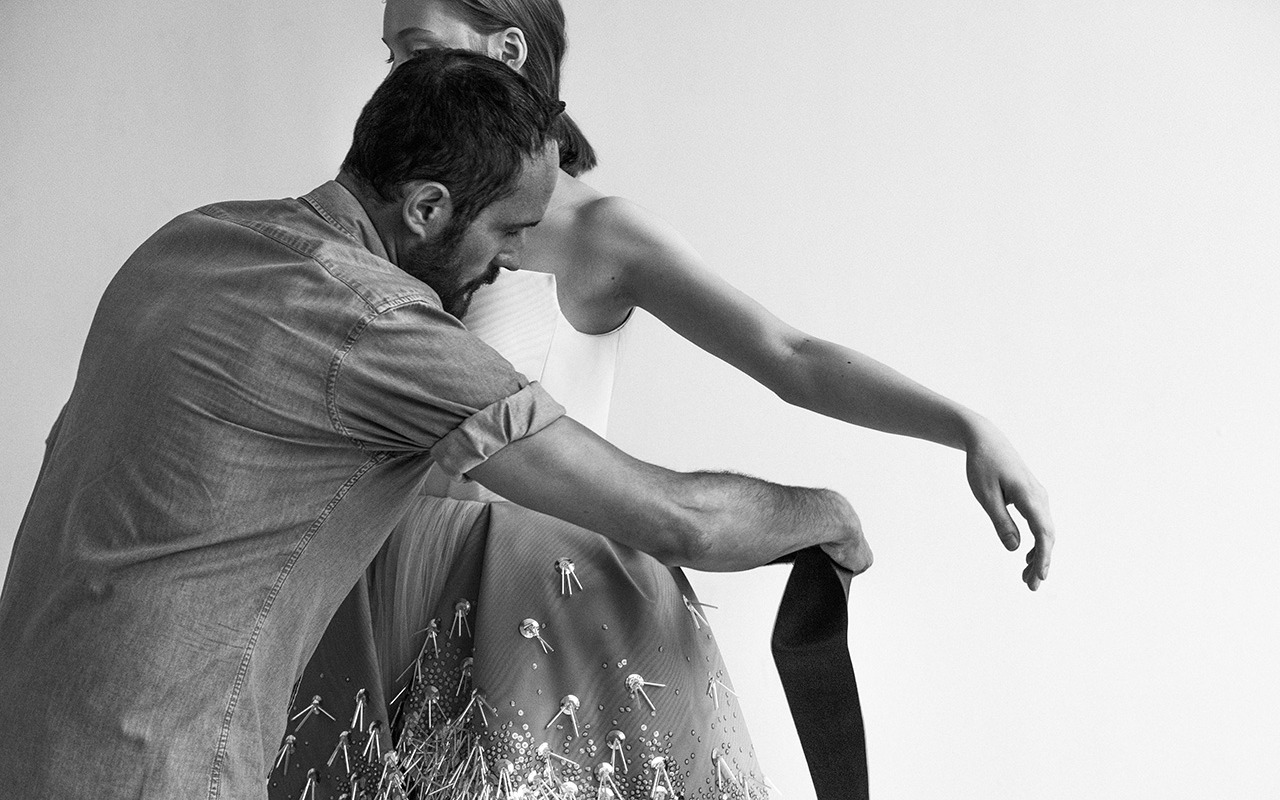 Protrait of Josep Font by Javier Biosca. Museo CristĂłbal Balenciaga
Protrait of Josep Font by Javier Biosca. Museo CristĂłbal Balenciaga
Josep Font has everything to be a fashion legend -a category that places him in the firmament of needlework stars whose legacy endures over the centuries-. Talented, dreamy, perfectionist and discreet. Unattainable image, architectural soul and persistent work. After spending five years away from the media spotlight once he abandoned the creative direction of DelPozo, a firm that relocated its foundations to relaunch it to international stardom, the Catalan dressmaker is once again in the spotlight. Of course, maintaining its enigmatic aura. It is already known that Josep Font does not like to feed his ego by hitting the headlines.
Now, the CristĂłbal Balenciaga Museum dedicates the first retrospective to Josep Font. It will be the first focused on a creative beyond the Getaria maestro in a new cycle that the institution is preparing to show the world how Balenciaga’s talent has influenced the work of international creators on a global level.
The exhibition ‘Josep Font. Beauty and restlessness’, is a production of the CristĂłbal Balenciaga Museum, and curated by Josep Casamartina i Parasols â director of the Antoni de Montpalau Foundation , in close collaboration with the creator in which they have worked hand in hand for more than a year so that the result was sophisticated but fleeting, without a millimetre of margin of error and paying homage to the silent luxury that the Catalan creator knows how to print so well in his designs.
And why does Josep Font converse with CristĂłbal Balenciaga in the same space? This union was proposed because the look of the Catalan designer towards the Basque couturier has not been mimetic but a very personal interpretation based on the study of the volume treated autonomously and independently of the female anatomy, achieving a sublimated and silent sensuality, as well as Balenciaga understood. Simultaneously, Josep Font achieved great technical perfection and in the simple and at the same time forceful treatment of the fabrics, in the architectural construction and in the use of exquisite embroideries, he is also close to the legacy of the master from Getaria. Perhaps like no other contemporary Spanish designer, Font fits in with Balenciaga’s famous concept: âa couturier must be an architect of form, a painter for colour, a musician for harmony and a philosopher for measureâ.
Beauty and restlessness
The name does the thing. The exhibition is articulated through a constant premise throughout the career of Josep Font: “behind beauty there is always restlessness”. The Catalan designer believes that beauty, in all its splendor, produces restlessness and even uneasiness, but perhaps for this reason it also generates the energy to continue reaching for it without stopping. The architectural construction, the combination of volumes and the ornamentation of the fabrics are hallmarks of his work. Without forgetting his incessant search for a very personal and constantly evolving feminine ideal, far from stridency and provocations. Josep Font’s style is elegant, refined, but also hypersensitive and ethereal. Based on this idea, the exhibition proposes an agile aesthetic discourse that chronologically reviews the 30-year career, from the beginnings on the catwalks of GaudĂ and Cibeles through the fashion shows in Paris, haute couture and finally at the head of Delpozo, the pinnacle of his career. It is made up of 54 pieces of clothing, including coats, street, cocktail, night and bridal outfits; from the FundaciĂł Antoni de Montpalau -which has the main collection of pieces by the Catalan designer- and from various private Spanish and North American collections. The set also brings together some accessories from the two brands, such as shoes, perfumes and headdresses. Beyond the creations, the tour includes emblematic photographs by Joseph Hunwick , Javier Biosca and Ernesto Artillo , as well as an interview with the creator by the Victoria & Albert Museum in London.
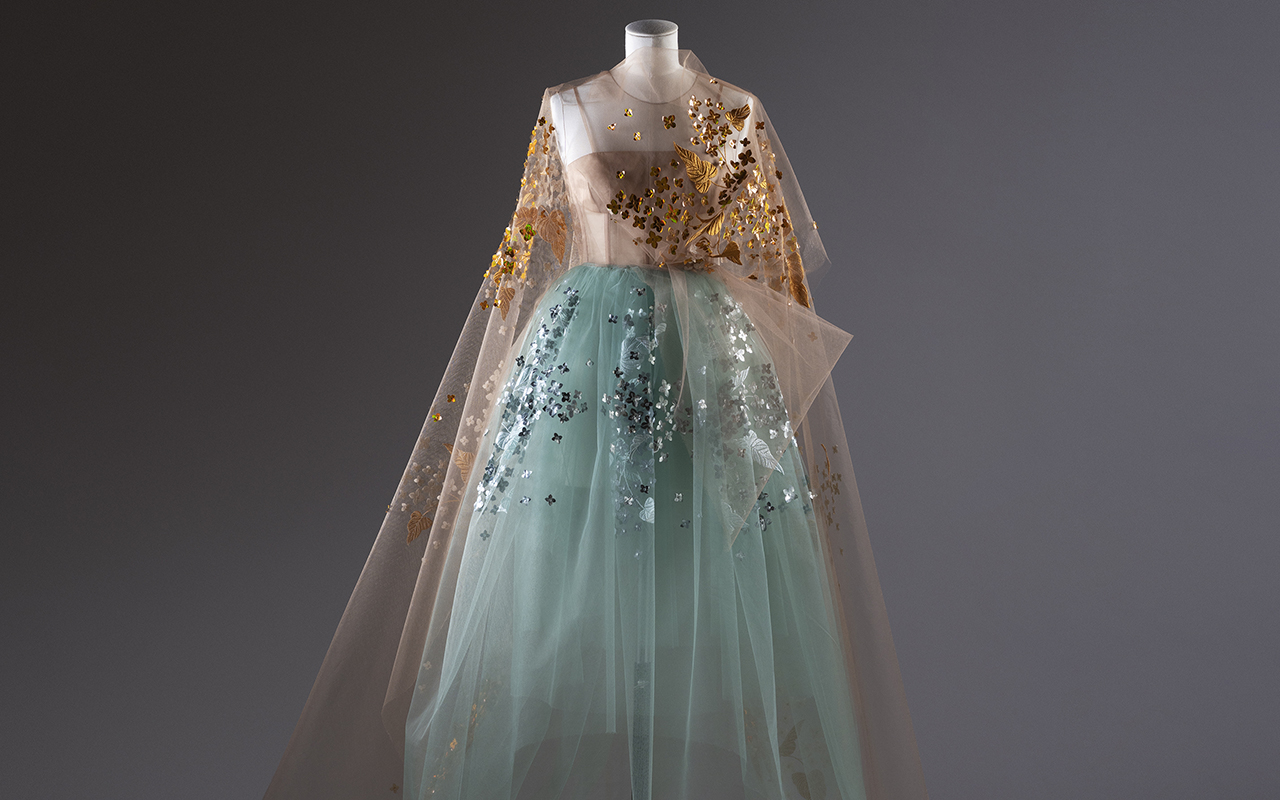 Dress Delpozo. Pic: Alex Iturralde. Museo CristĂłbal Balenciaga
Dress Delpozo. Pic: Alex Iturralde. Museo CristĂłbal Balenciaga
This anthology especially embraces the work of Font carried out in the first two decades of the 21st century and is structured through three major key periods:
From the beginnings to the consolidation
Josep Font (Santa Perpètua de Mogoda, 1965) studied Architecture at the Polytechnic University of Catalonia and graduated in Fashion Design from the Escola de Disseny i Moda Felicidad Duce, in Barcelona. At the age of 21, he won the Air France Mode Prix award and exhibited at Les Arts DĂŠcoratifs . The young designer consolidated his own brand with Luz DĂaz in 1987, although they had already enjoyed good recognition in the fashion world for years. Together they created their own language. An aesthetic of sober, austere and refined colours. His inspiration was born from everyday popular clothing, with the use of natural materials, silk, wool and cotton, and a studied and severe pattern. However, in 1995, Font decided to pursue his solo career and at the end of this decade he evolved into a magical and hypersensitive world, with broader colours, luxurious and refined fabrics, spectacular and daring embroideries. This turn in design allowed it to achieve international success in the early 2000s. Years of expansion, awards, shops and parades arrived in Madrid, Barcelona and Tokyo. An ascending process that culminated in three prĂŞt-Ă -porter collections presented in Paris and four other haute couture collections that were absolutely successful in the French capital.
Delpozo ‘s relaunch
There was a bump in this rise to the top: Josep Font lost his own label in 2011, although for a year, the talented creator began designing anonymously for other firms. However, one offer particularly excited him: the commission to remodel and relaunch the firm of the late Madrid designer JesĂşs del Pozo. Font re-founded the pillars of the brand with a new name – it would be called DelPozo – and an updated structure and workshops in Madrid, Miami, London, Moscow and Dubai . In the new DelPozo collections , it was appreciated what Josep Font had started in haute couture and would create a new line called impeccable prĂŞt -Ă - couture , with a rigorous technique and exquisite finishes. Very Josep Font style.
Maturity and international recognition
Josep Font reached his zenith in his stage for Delpozo. Between 2012-2018 he created 19 collections and it is in this full production that the influence of CristĂłbal Balenciaga will be most evident. In Delpozo, the Catalan designer will reach his maturity and maximum recognition worldwide through the collections he presented in Madrid, New York, Paris and London, and placed the brand among the favorites of the red carpet and celebrities such as Care Blanchett, Julianne Moore, Keira Knightley or Zendaya , creating trends and marking a milestone in the world of fashion. In fact, Josep Font became the first Spanish designer invited by Anna Wintour to the Met Gala . An anniversary that shows the deep admiration felt by the main fashion gurus for the work of this prodigy with the needle.
Little is told about the last stage of Josep Font. He abruptly left Delpozo when he “fell out of love with the project.” Just like Balenciaga did in 1968, who preferred to leave everything when he saw that his idea of design had nothing to do with the democratization of fashion at the time-if he raised his head right now, we don’t know what he would think of his own brand-. Until then, Josep Font has continued working from the most absolute anonymity and time will tell if he will return to the media spotlight with a new resurgence of himself. Now for the moment, his applauded talent comes to light again in this fantastic exhibition that can be visited until January 7, 2024 at the CristĂłbal Balenciaga Museum. A magnificent alliance between fashion, architecture, coherence and integrity.
Exhibition ‘Josep Font. Beauty and restlessness’ Pics: Ernest Artillo y Alex Iturralde. Museo CristĂłbal Balenciaga
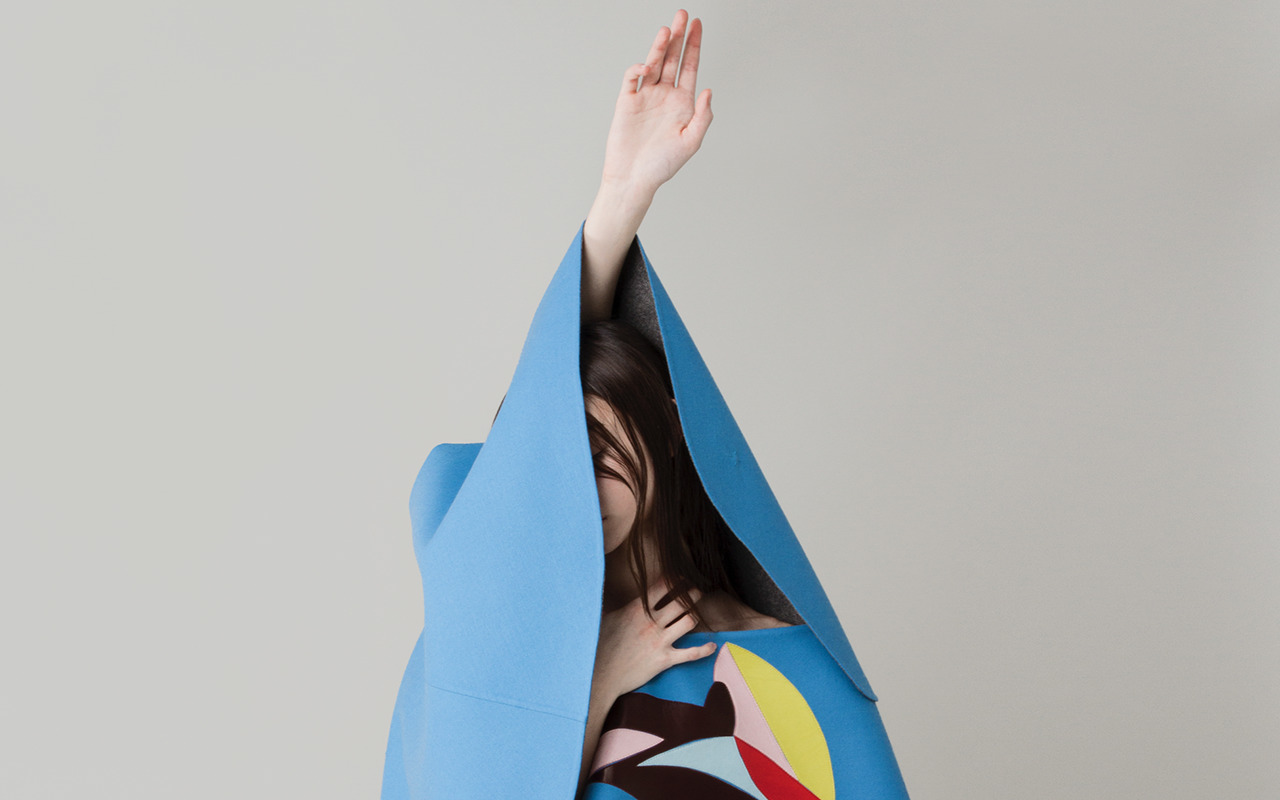
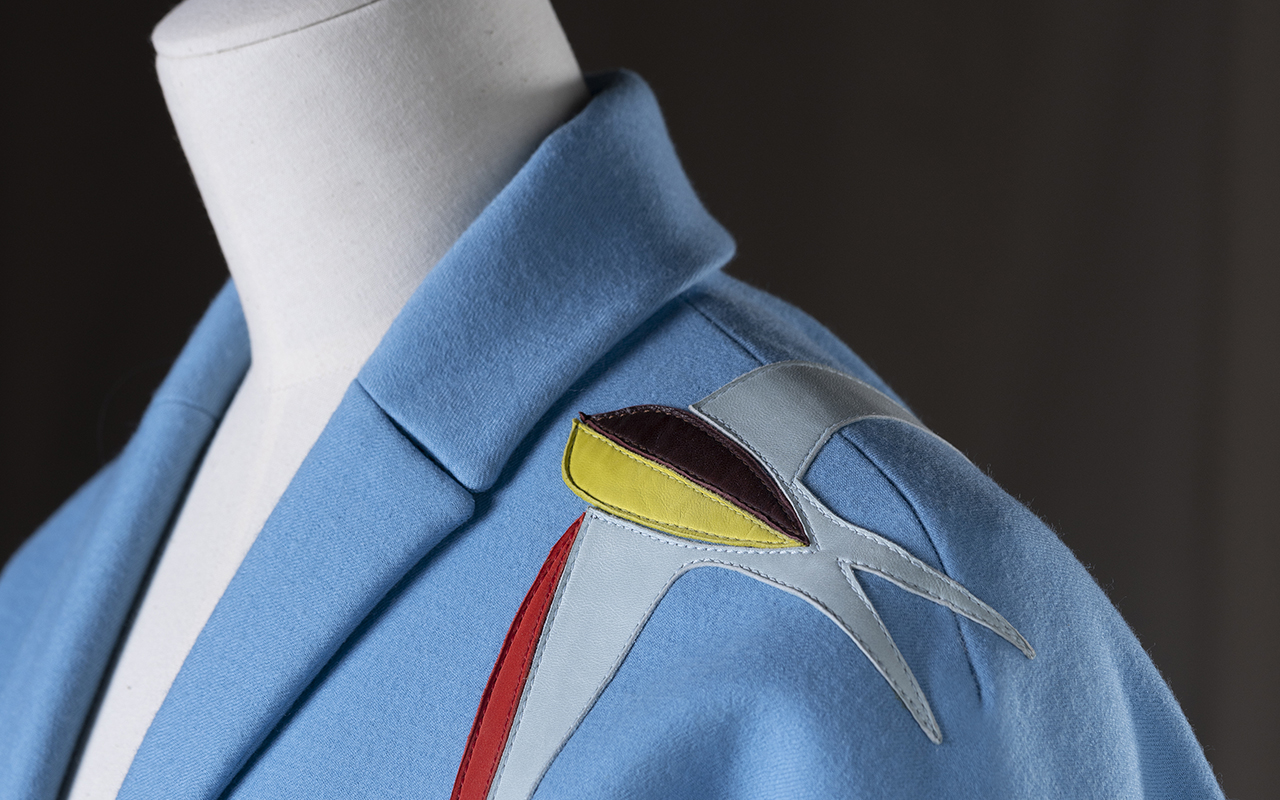
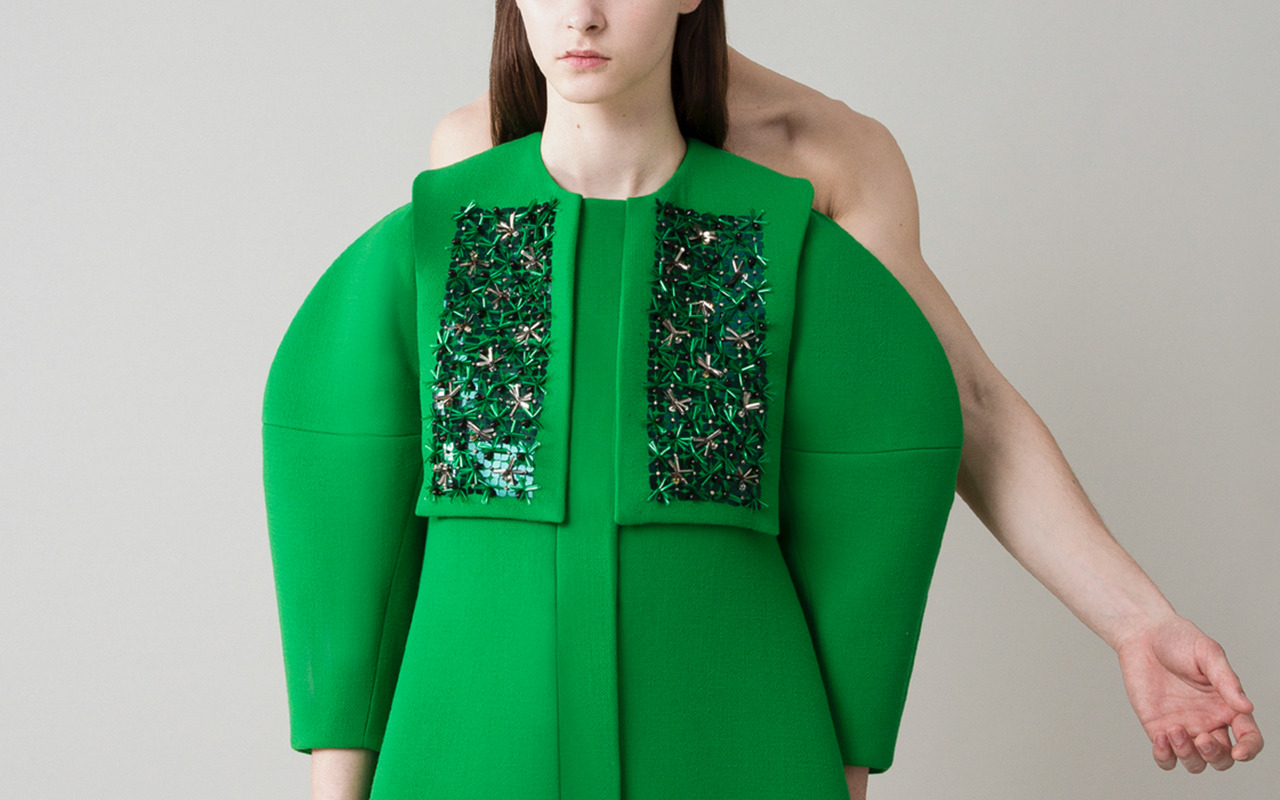
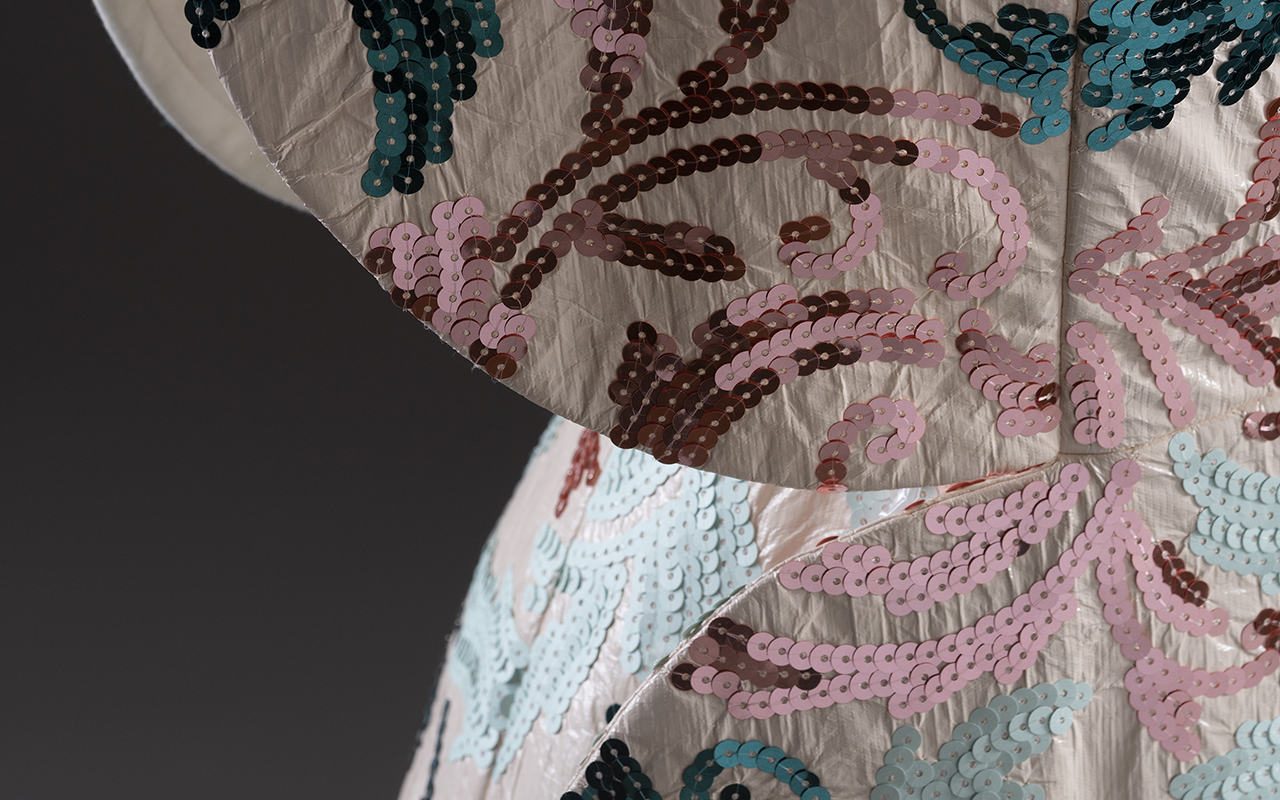
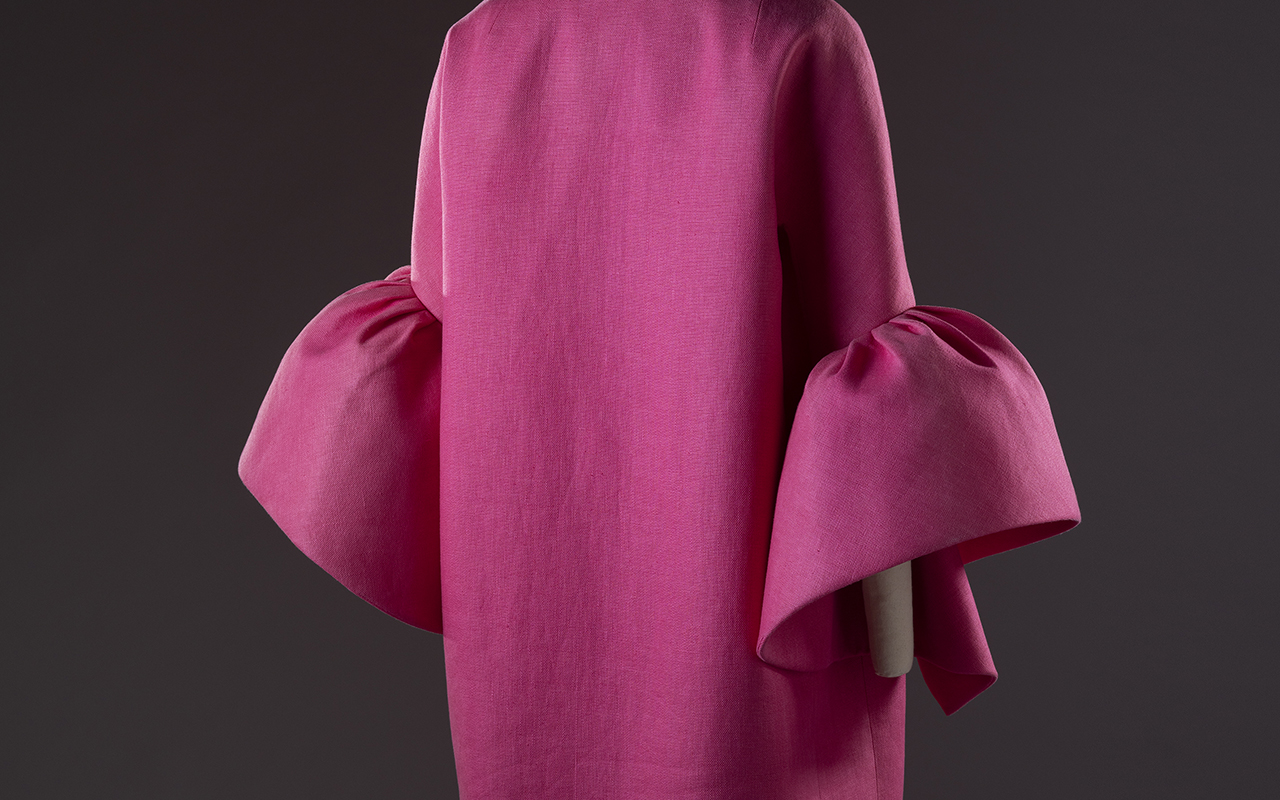
(EspaĂąol) AdiĂłs a JosĂŠ Castro, un diseĂąador muy querido en GratacĂłs
Mushrooms conquer fashion and expand without limits
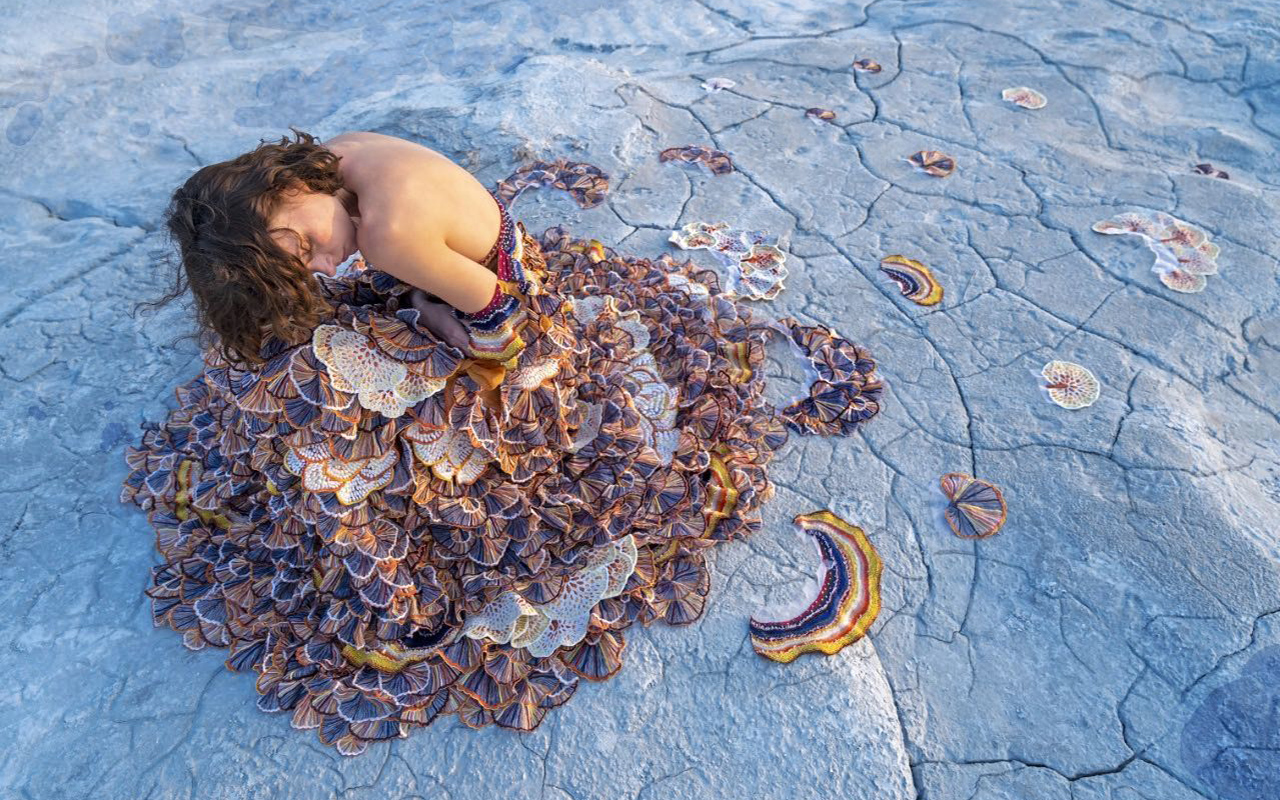 Rahul Mishra’s design from the collection “The Dawn.” Photo: Facebook
Rahul Mishra’s design from the collection “The Dawn.” Photo: Facebook
Inspiration always comes from the most unexpected places, especially in the demanding world of fashion, which is always looking for new things to surprise its consumers with. For some time now, there has been a new object of desire that generates fascination and repulsion in equal parts: mold. Yes, you read that right. Mold, that type of microscopic fungus that helps nature break down dead organic matter, is all the rage for a number of reasons.
This statement is not surprising, because in general, the world of mushrooms seduces with its imperfect aesthetics. It does so through organic forms and natural reliefs that inspire artists and creators. It also connects with a dreamlike and fantastic universe that we carry in the subconscious and that can be revealed in the form of adventures in the forest, as can be seen in books like ‘Alice in Wonderland’ or movies like Disney’s ‘Fantasy’. Mushrooms also refer to the psychedelic fever of the 1960s and 1970s, with their hallucinogenic properties that were transmitted in colourful universes that permeated everything from fashion to music and painting.
Finally, the world of mushrooms also has a sustainable dimension. Thanks to their amazing properties and exceptional versatility, mushrooms have transformed the world of fashion by offering a more conscious and environmentally friendly alternative. We analyze each aspect below:
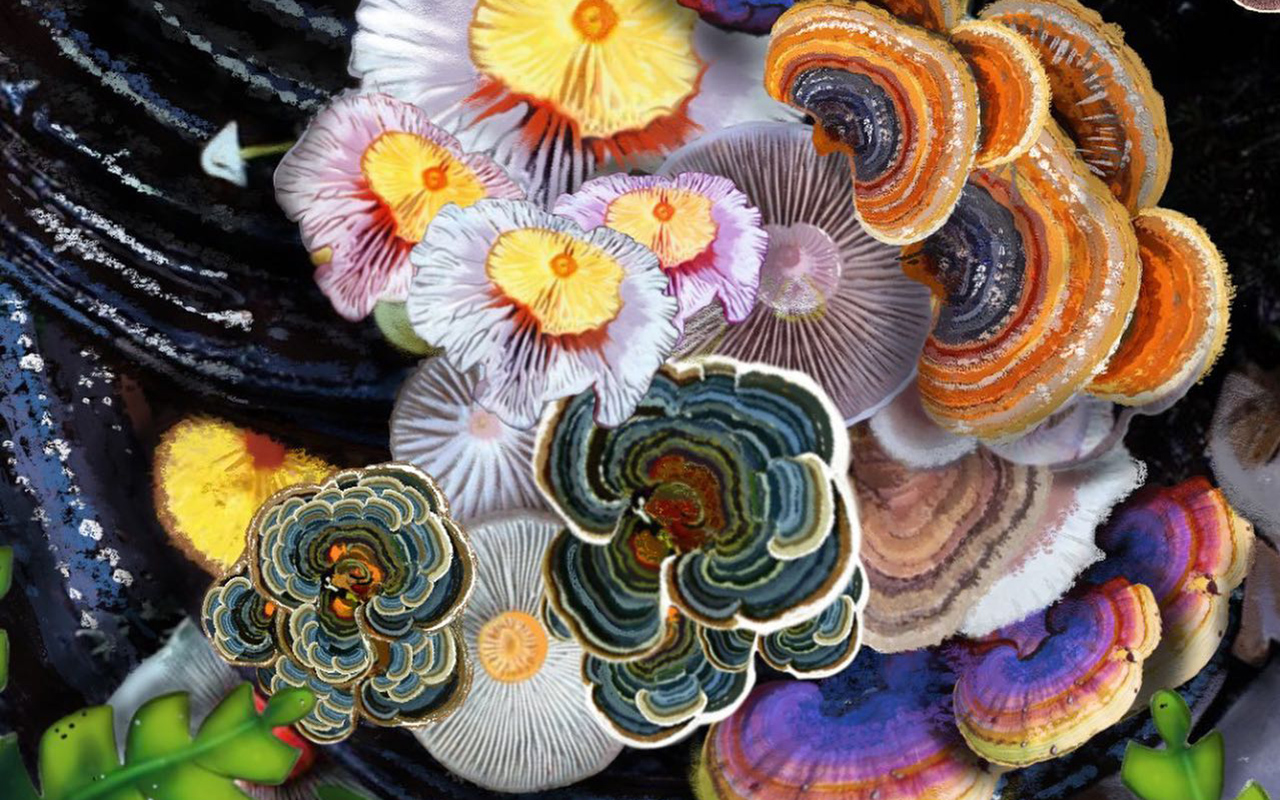 Rahul Mishra’s design inspired by mushrooms from the collection “The Dawn.” Photo: Facebook.
Rahul Mishra’s design inspired by mushrooms from the collection “The Dawn.” Photo: Facebook.
Imperfect beauty
It’s self-evident: mold, at first glance, can seem repulsive and unsightly. However, fashion designers have found in this unattractive organism a hidden beauty that manifests itself in its pastel colours, its organic reliefs and its unusual textures. These unusual and unique attributes endow you with a certain aesthetic uniqueness and, therefore, a greater ability to challenge traditional canons of beauty. In a world that seeks perfection, the beauty found in the abstraction of mold becomes a bold and liberating statement, instantly captivating because it connects with nature and the processes of life in an organism that questions and explores ideas about what it is beautiful and good, and tries to reconcile us with imperfection.
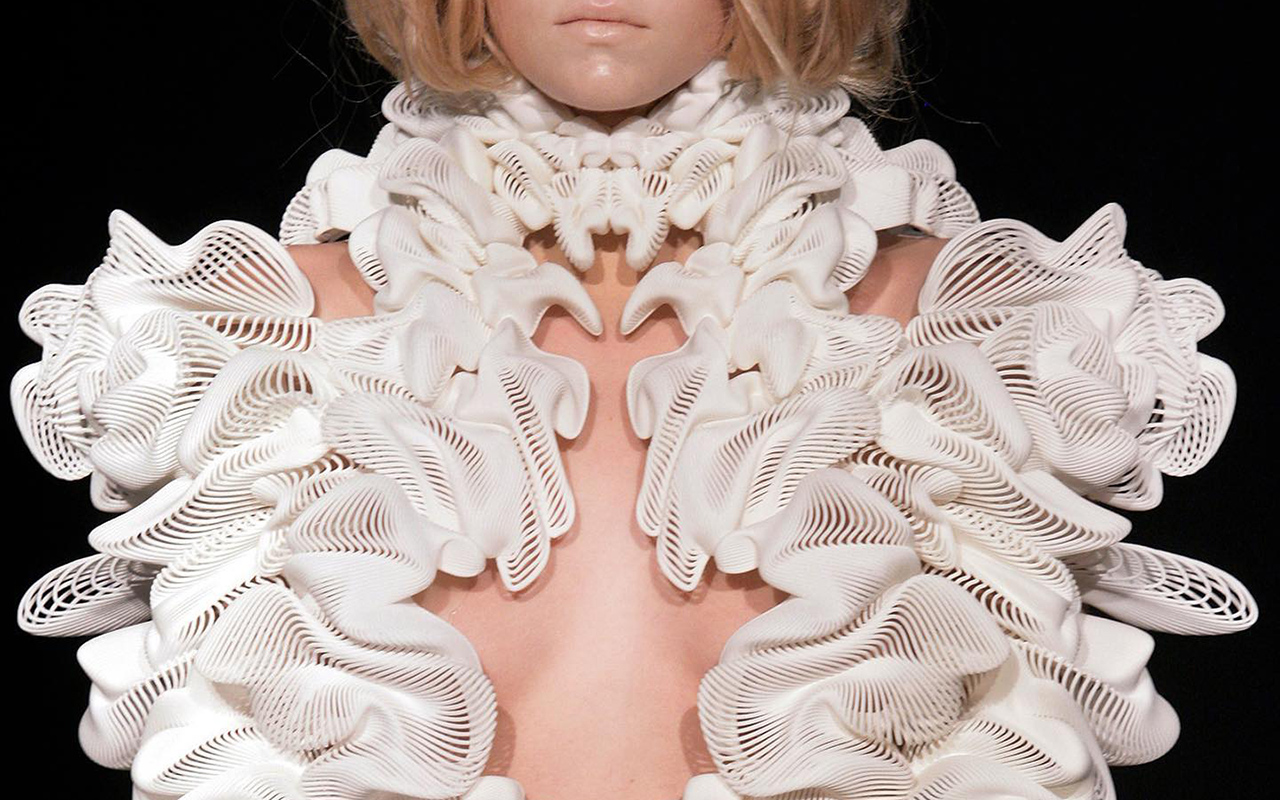 An architectural design by Iris Van Herpen. Photo: Facebook
An architectural design by Iris Van Herpen. Photo: Facebook
In the crosshairs of avant-garde designers
Fashion designers have embraced the innovative aesthetic of fungal materials, creating cutting-edge pieces that push the limits of creativity. Thus, the abstract patterns and irregular, velvety patches of mold have been translated into striking prints and embroidery on garments. Various designers have experimented with dyeing and printing techniques to create mold-like effects in their collections. In addition, the organic shapes of the mold have influenced the silhouettes and cuts of the garments, providing a sensation of fluidity and movement.
For example, Iris van Herpen has explored mold reliefs in her creations on numerous occasions, as well as the underground network and connections of fungi. Her experimental designs often feature three-dimensional structures that mimic the unique shapes and textures of these small, highly regenerative organisms.
For his part, Rahul Mishra also stands out for his sustainable approach and his use of artisan techniques. In his collections, the Indian designer has incorporated embroidery and appliquĂŠs that evoke mold relief, creating interesting visual effects and surprising textures. Known for his edgy aesthetic, Alexander McQueen has explored the world of mold in his iconic “Plato’s Atlantis” collection. The organic reliefs of the mold were translated into prints and textures on her garments, providing a sense of mystery and surrealism. Gareth Pugh has also turned to mold for inspiration, creating garments with volumes and textures that evoke his distinctive aesthetic. In addition, the French designer Marine Serre has incorporated mold into patterns and textures in garments with a futuristic and avant-garde aesthetic.
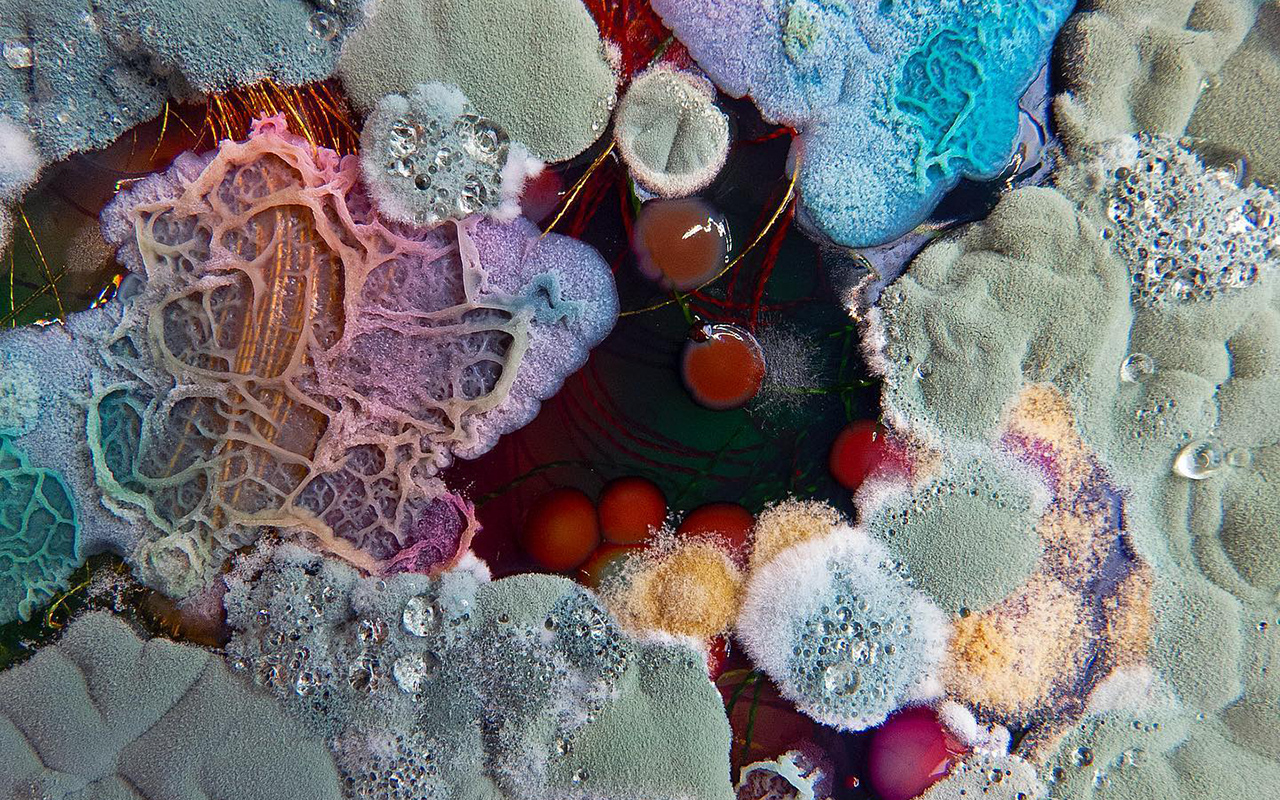 The artist Dasha Plesen works with microbiology. Photo:Facebook
The artist Dasha Plesen works with microbiology. Photo:Facebook
Applications in the beauty industry
In the beauty industry, which is always on the lookout for new trends, mushrooms have also emerged as a powerful source of inspiration and have, in turn, become active elements in beauty products, thanks to their incredible versatility and skin benefits.
Cosmetics has been one of the fields most impacted by the incursion of fungi. These organisms have moisturizing, antioxidant, anti-inflammatory, and regenerative properties, making them star ingredients in skin care products. Mushrooms, such as reishi, shiitake, and cordyceps, are used in serums, creams, and masks to provide noticeable benefits, including improving skin elasticity, reducing signs of aging, and promoting a radiant complexion.
In addition to their benefits for the skin, mushrooms have also made their mark in the world of perfumery. Some species, such as truffles and mushrooms, have characteristic and sophisticated aromas that have been used to create distinctive notes in perfumes and fragrances. These fungal ingredients bring a unique, earthy dimension to olfactory compositions, adding a sense of mystery and elegance to scented products.
The influence of these tiny living organisms has also extended into the world of creative makeup, where designers and brands have found inspiration in the hues and textures found in nature’s mushrooms. Eyeshadow palettes inspired by warm, earthy tones, nail polishes that mimic the subtle colours of wild variants, and makeup products with velvety textures that resemble mold reliefs are the order of the day.
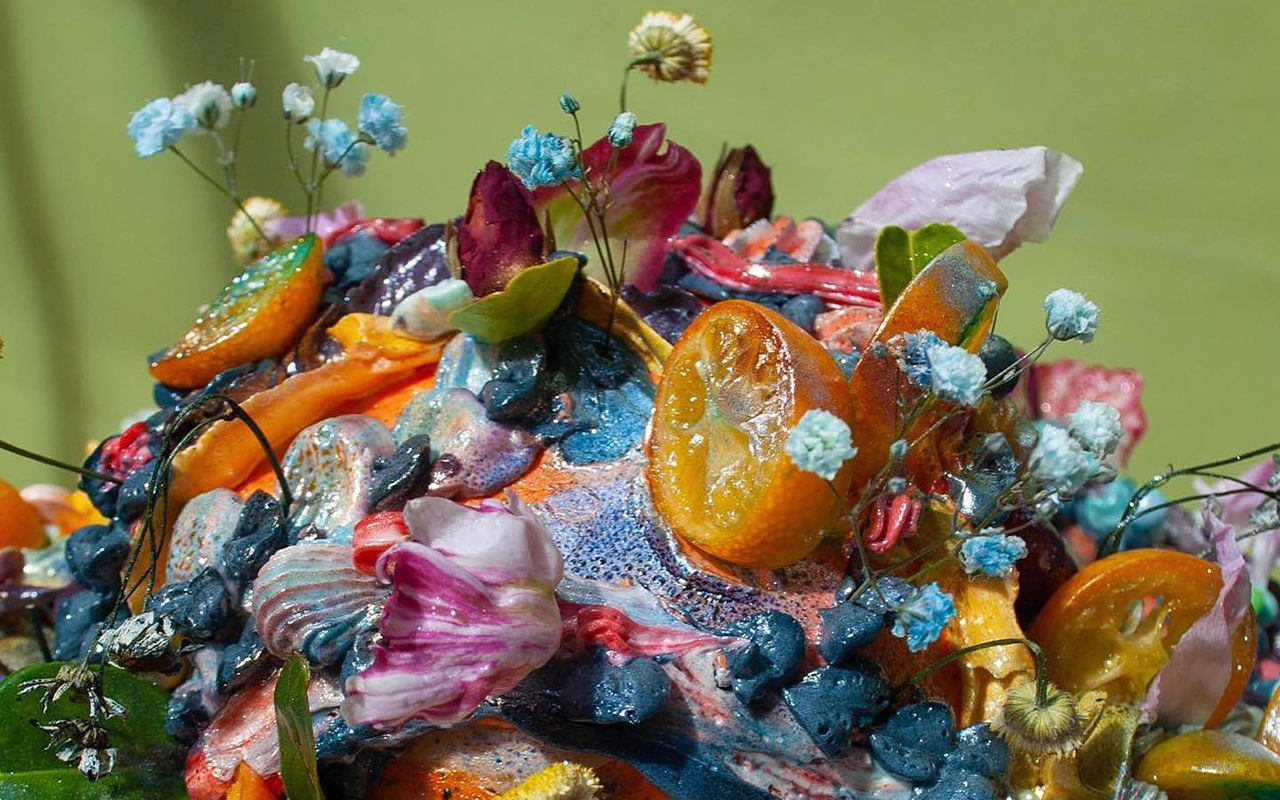 An artistic creation by the pastry company Frostedhag. Foto: Facebook
An artistic creation by the pastry company Frostedhag. Foto: Facebook
A sustainable revolution
Mushrooms offer an ethical and sustainable alternative to animal leather, as they can be grown under controlled conditions and without harming the animals. Being a renewable and biodegradable source, materials of fungal origin reduce the environmental footprint of fashion, without sacrificing luxury or quality. Materials derived from mushrooms possess unique properties that make them ideal for use in clothing. The mycelium, the fungus’ network of filaments, can be grown and manipulated to create a variety of textures, densities, and colours. Additionally, these materials are lightweight, flexible, waterproof, and breathable, making them a versatile and comfortable option for garments, accessories such as bags, and footwear.
One of the pioneers in introducing the fungal world into her creations has been Stella McCartney, who has incorporated a bag made with Mylo, a leather-like material made from mushroom roots. Later, she launched a sports outfit made from this material. But it was not the only one. Firms such as Adidas or Hermès have also begun to use biodegradable materials made with fungi that are transformed into sustainable fabrics, standing out for their softness and flexibility, offering a more conscious and environmentally friendly alternative. In addition, the ability of fungi to degrade naturally at the end of their useful life contributes to closing the materials cycle and reducing environmental impact.
For all these reasons, the mushroom revolution has only just begun and these organisms are part of the sustainable change that is taking place throughout the world of fashion. As the sector moves towards a more ethical and environmentally friendly industry, mushrooms are making a lasting mark as an innovative and promising alternative.
